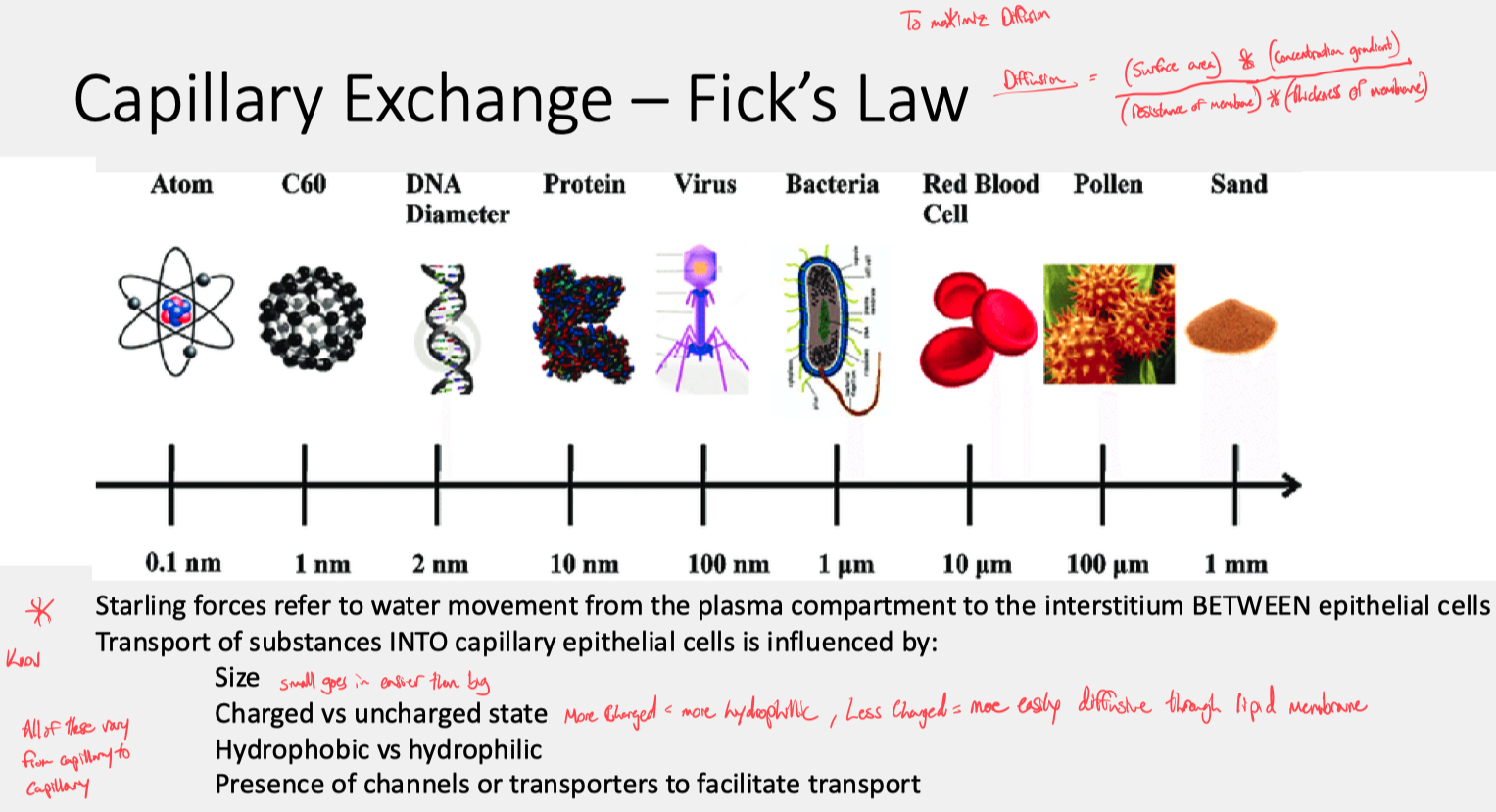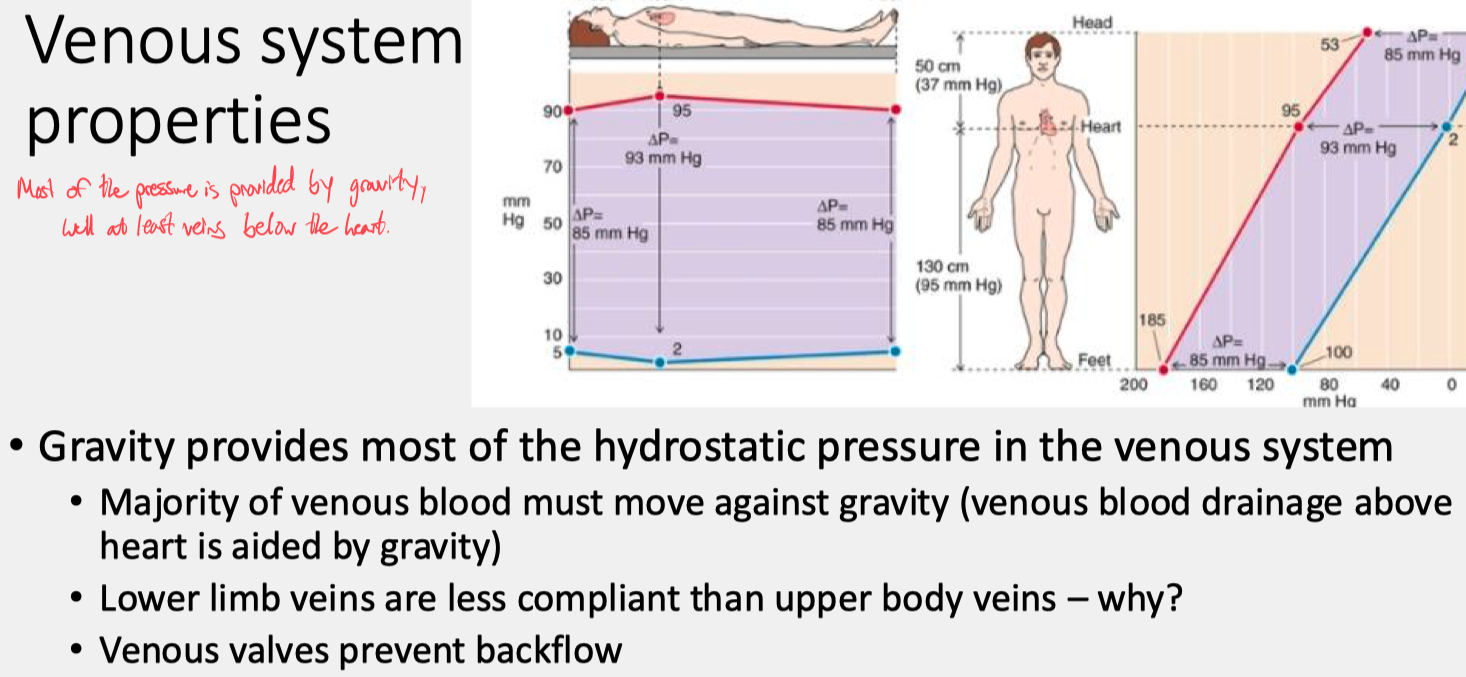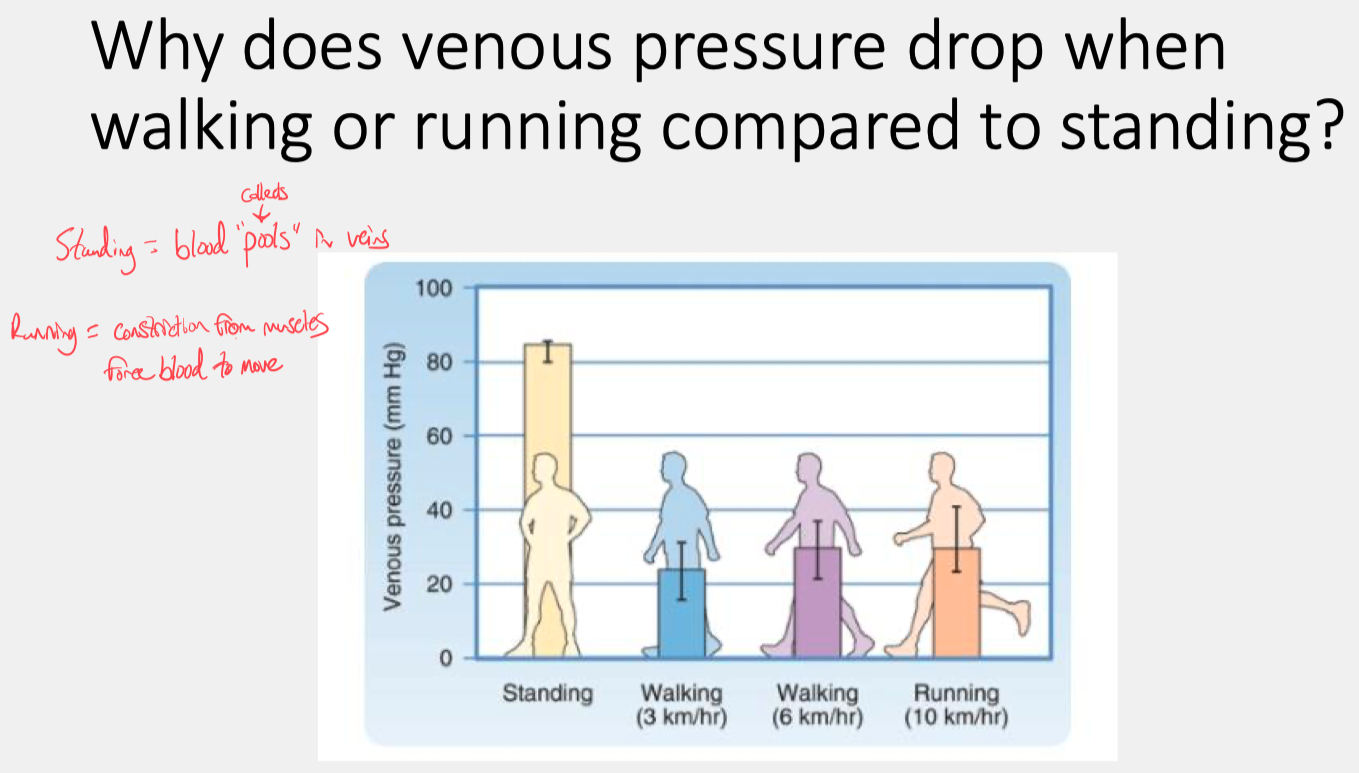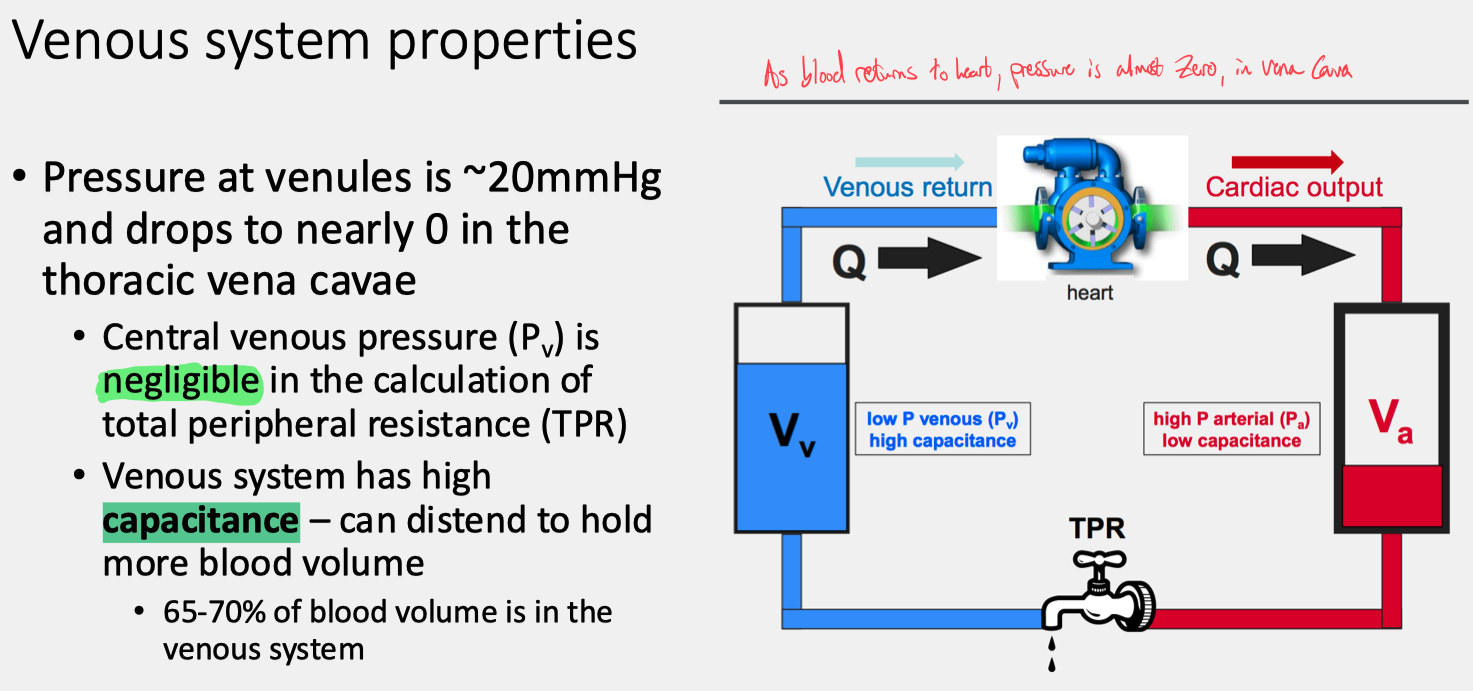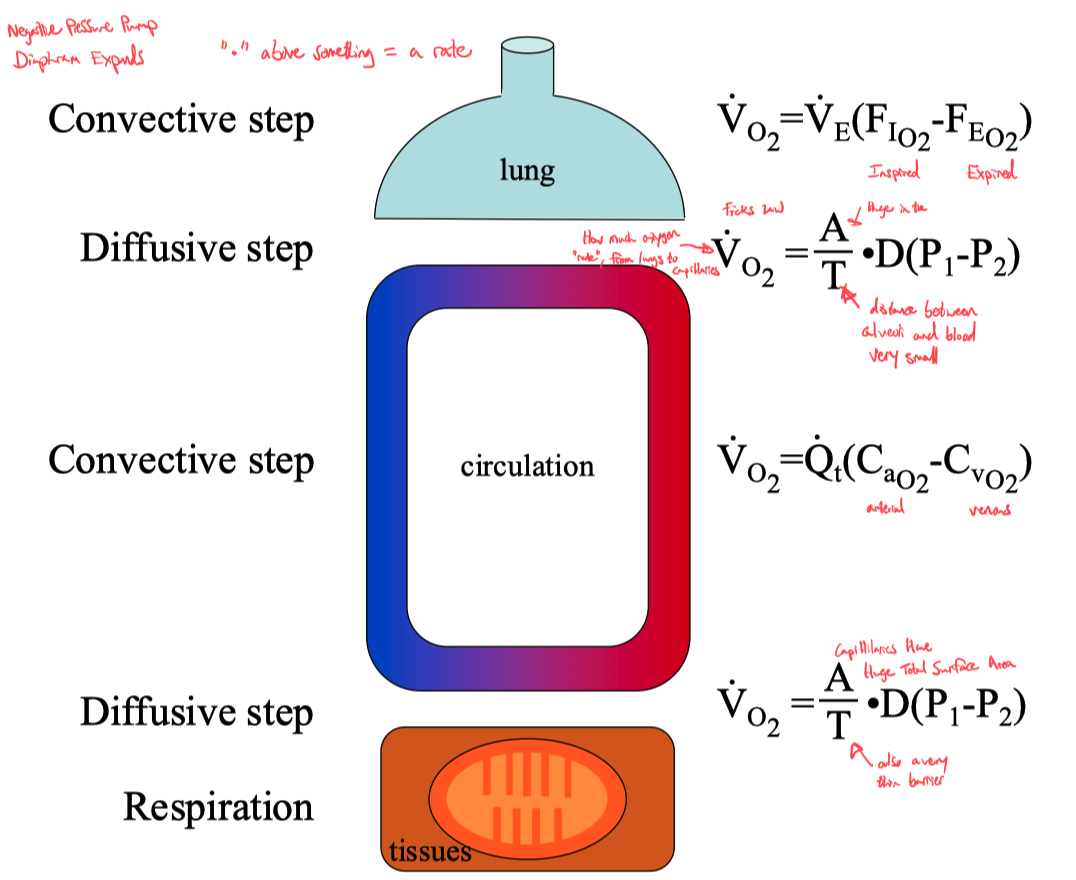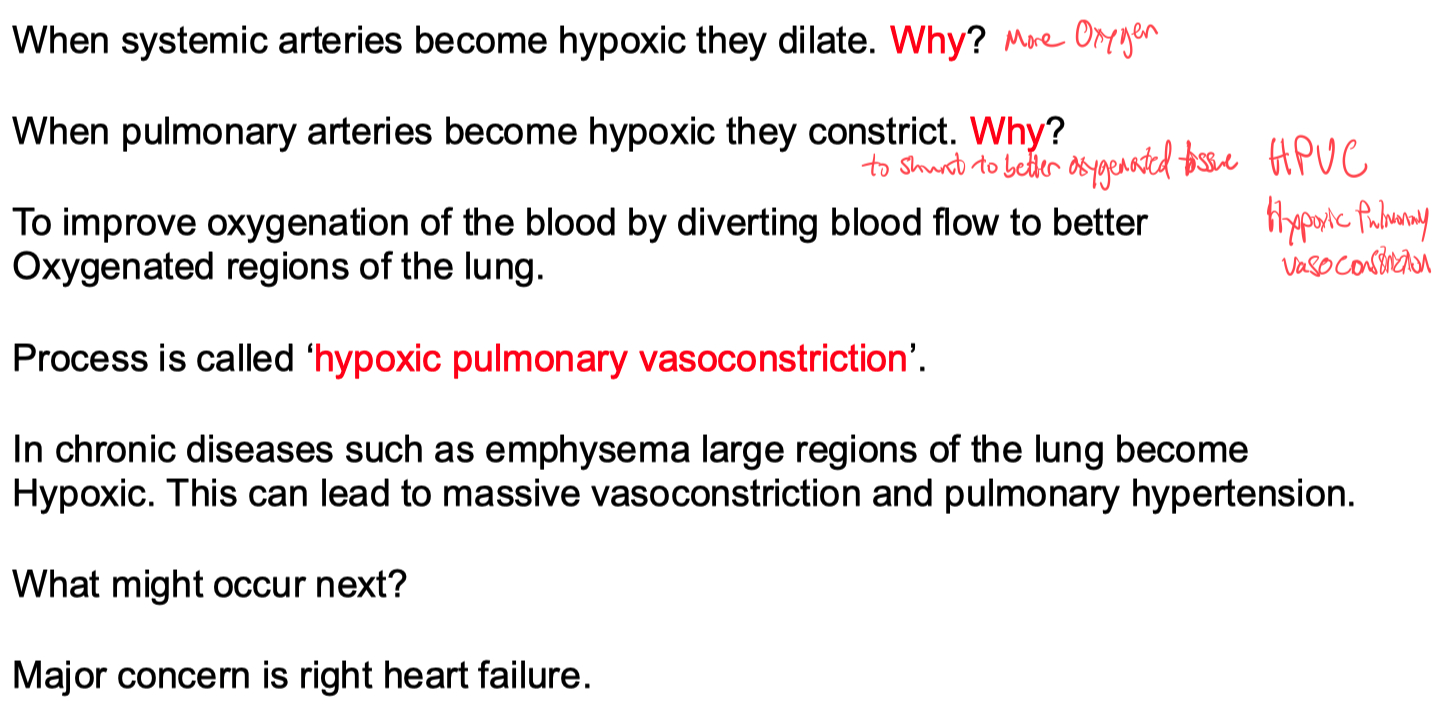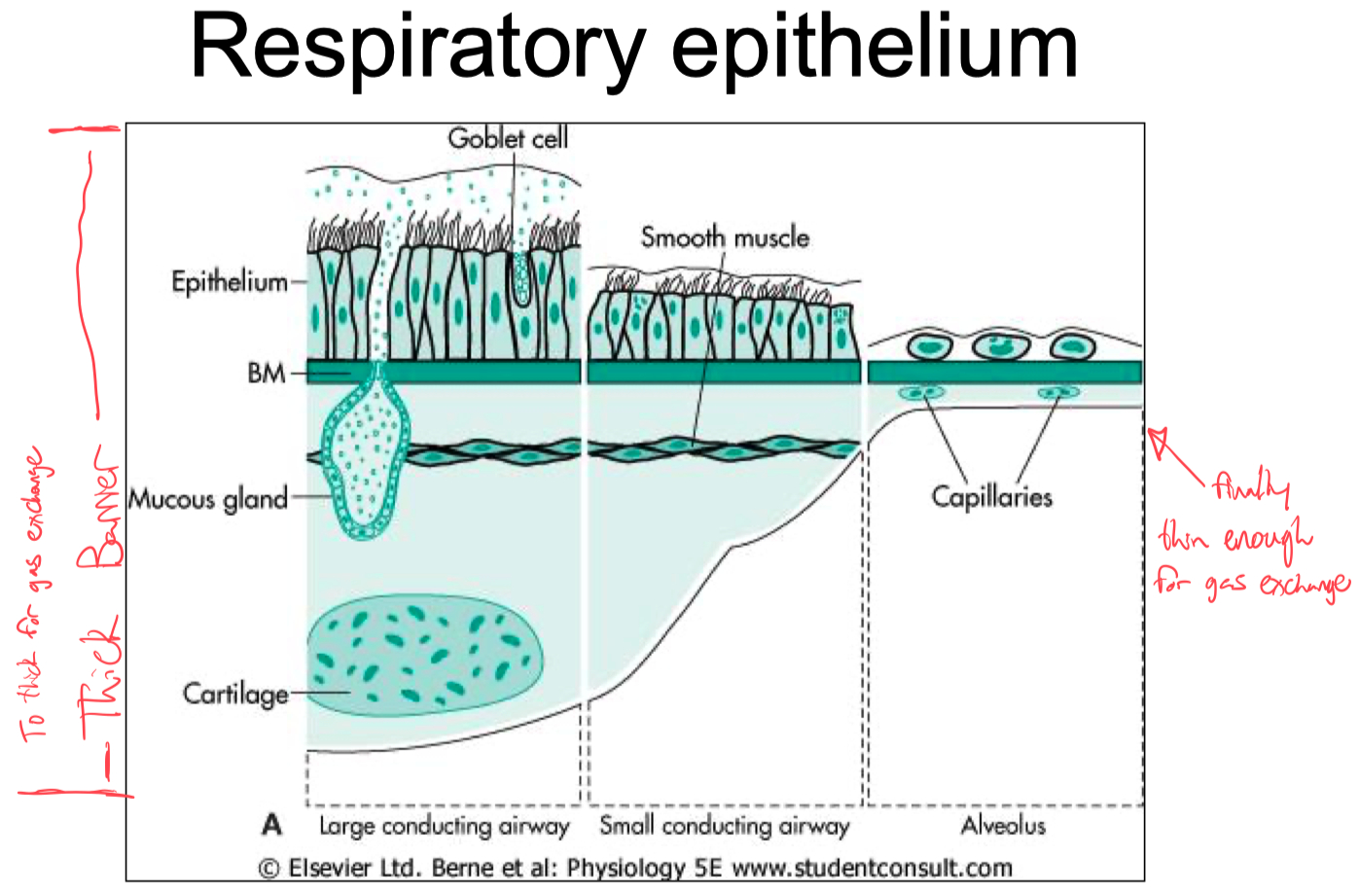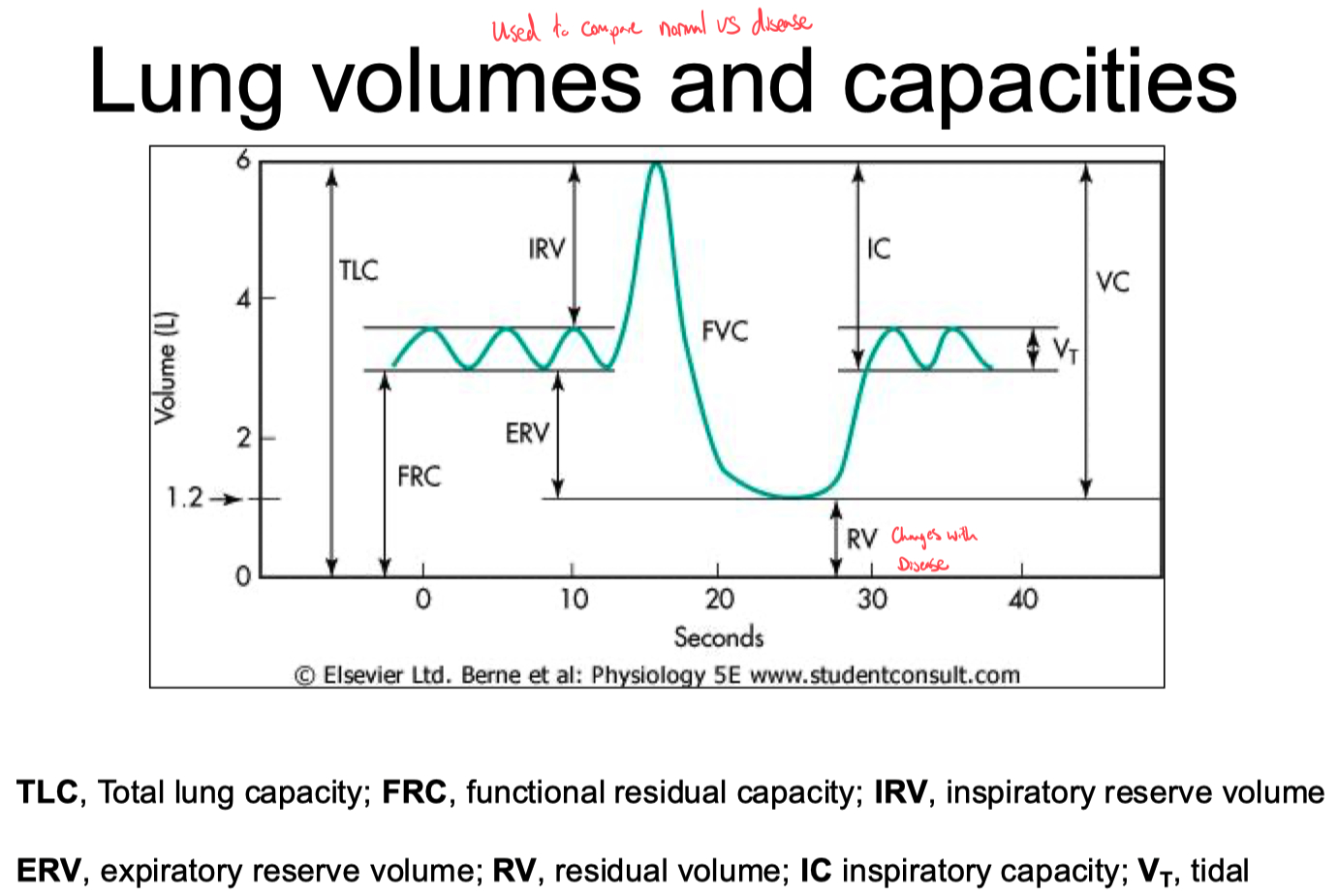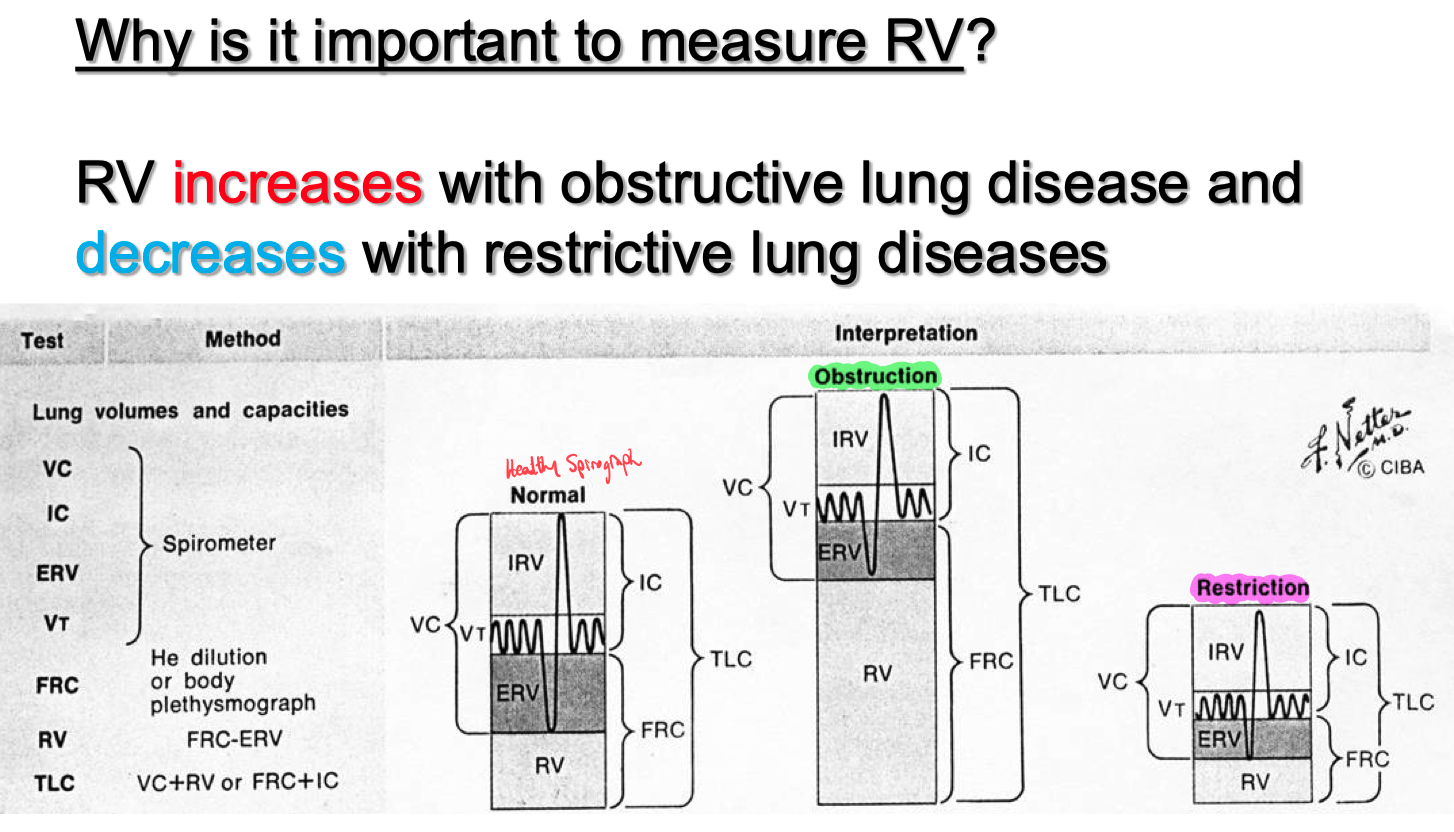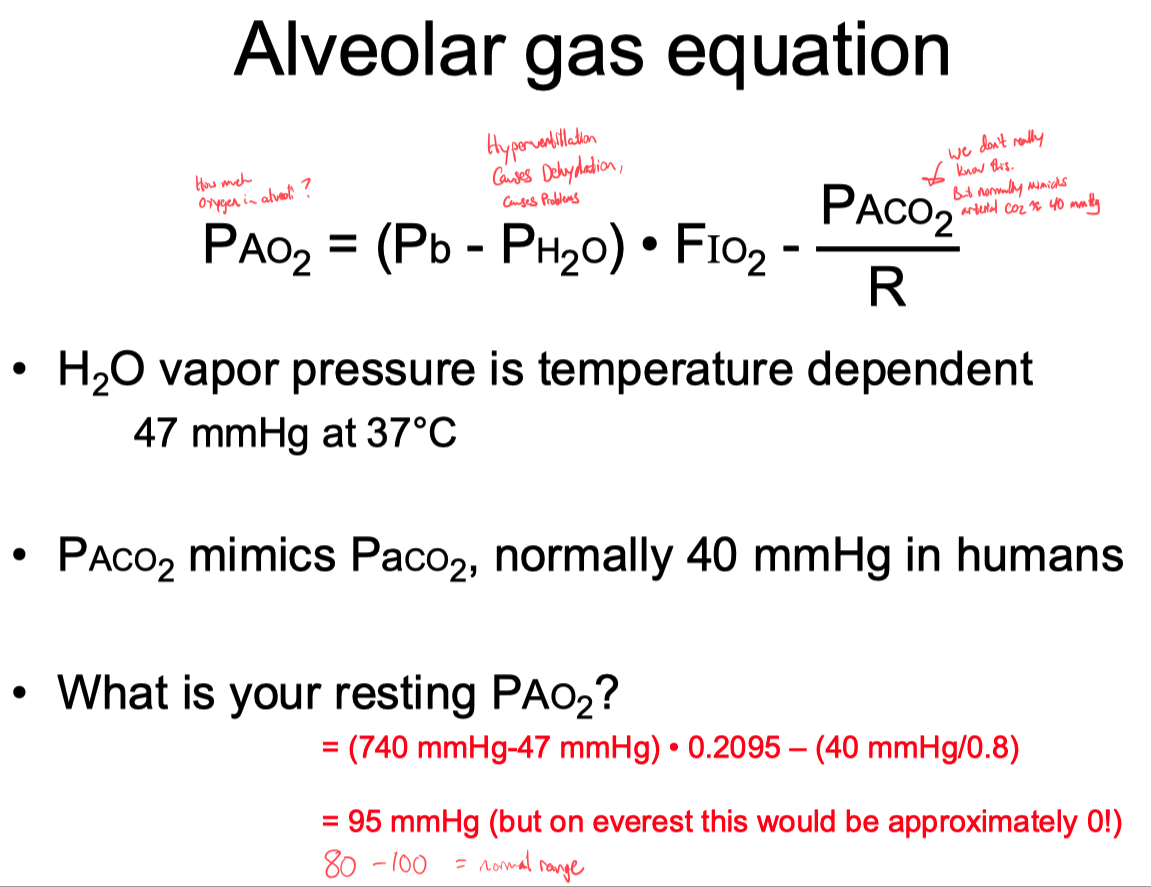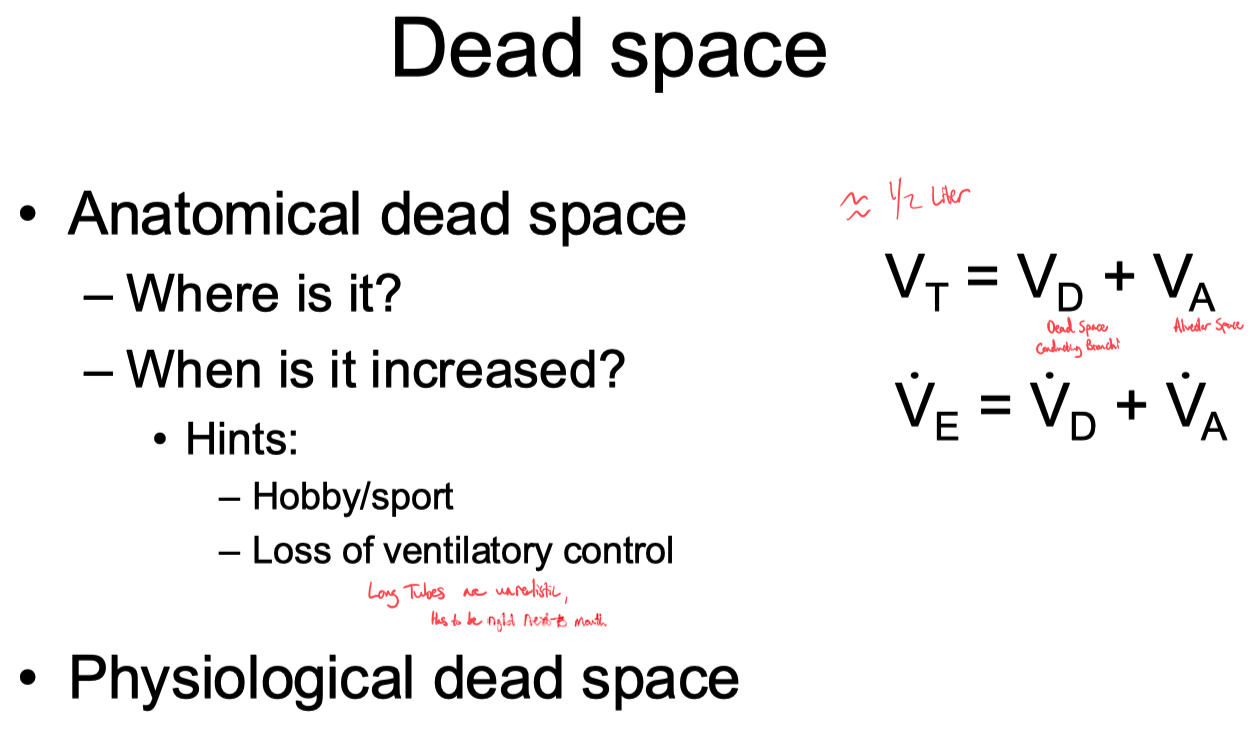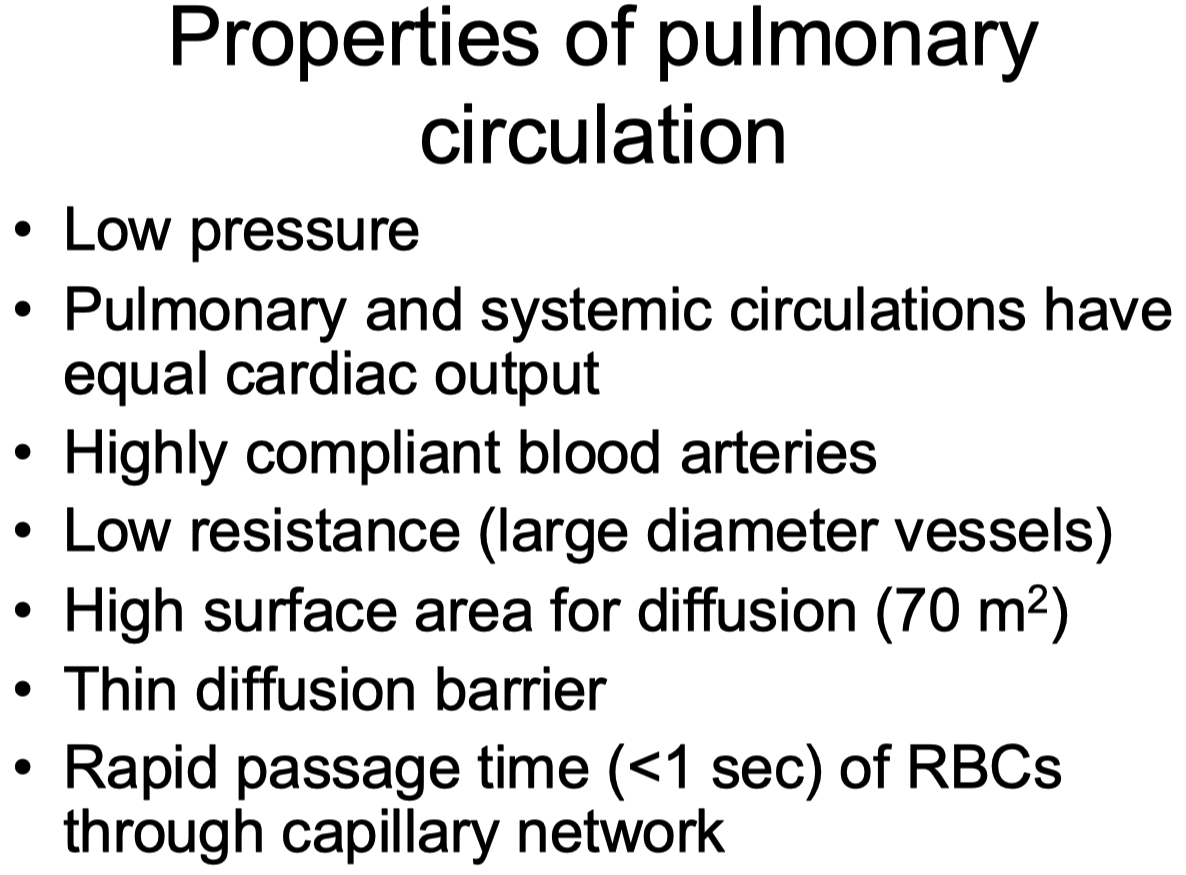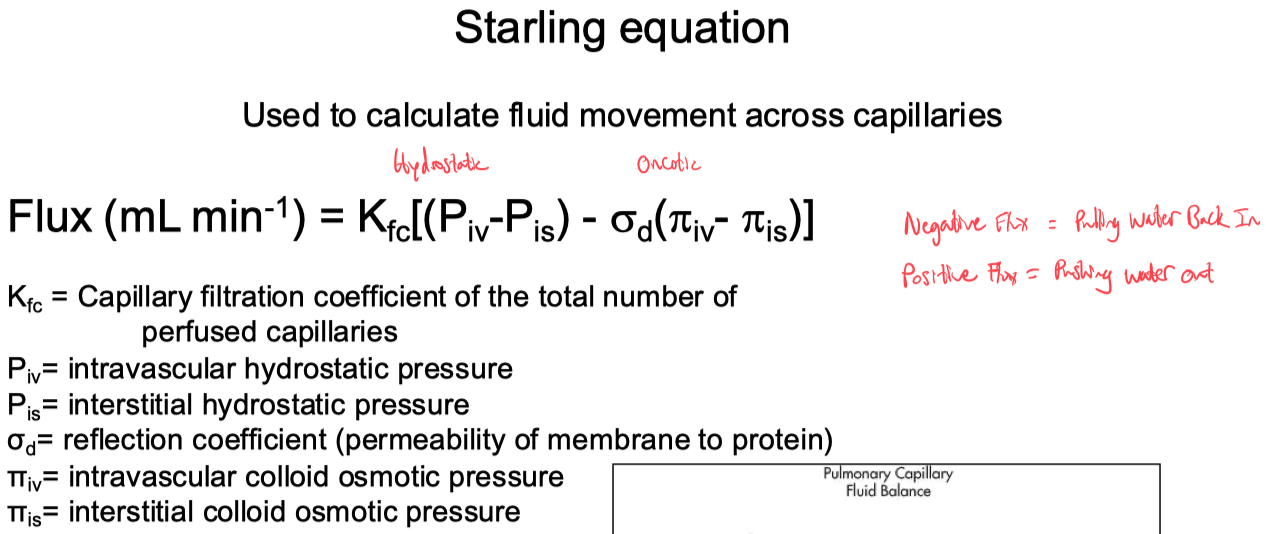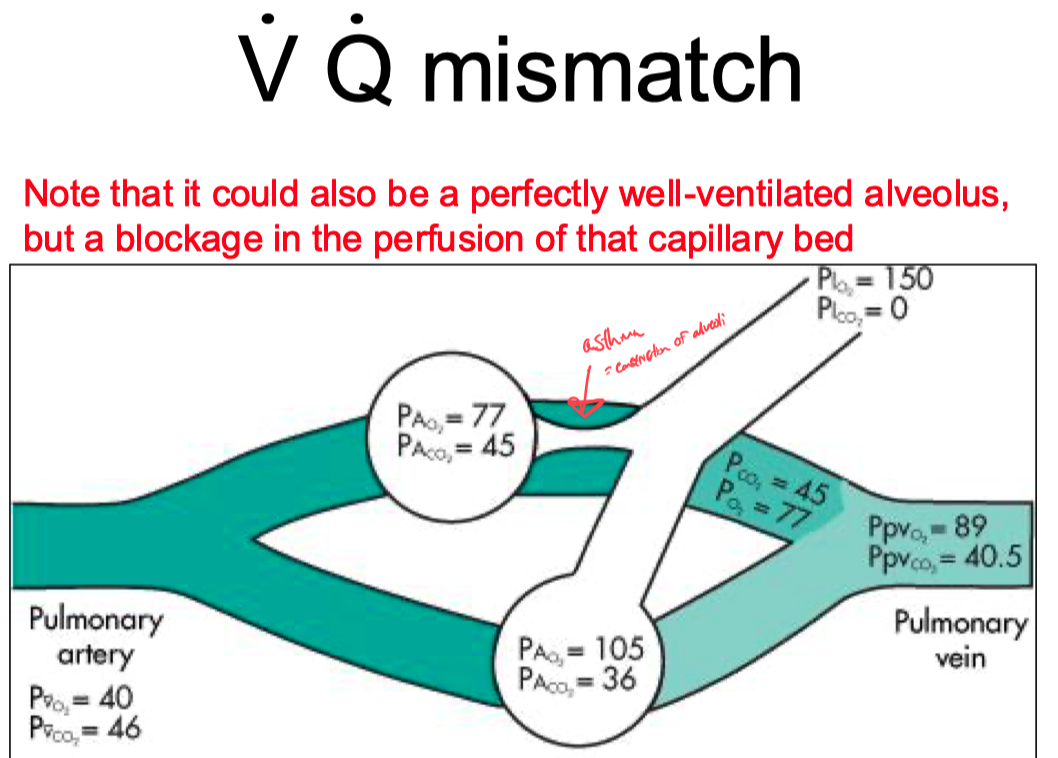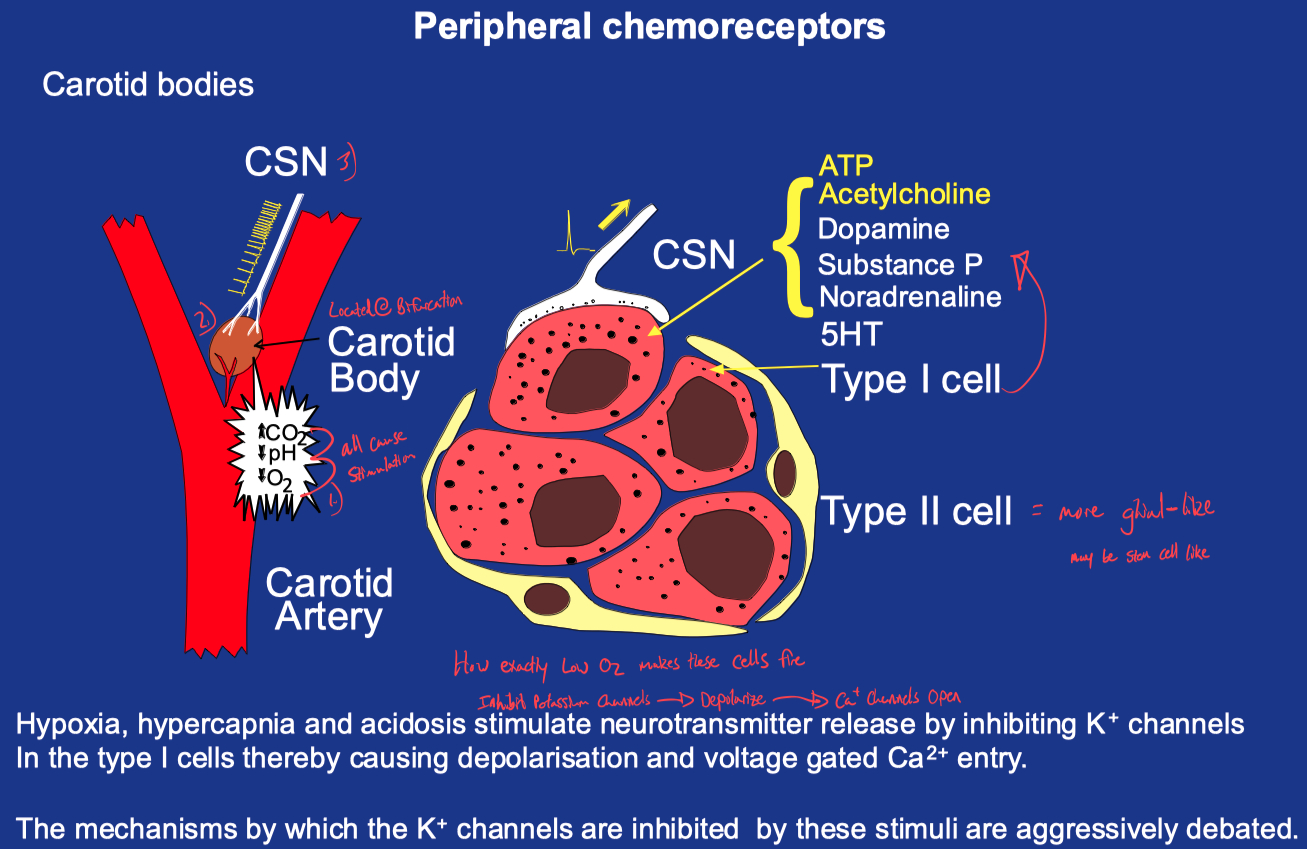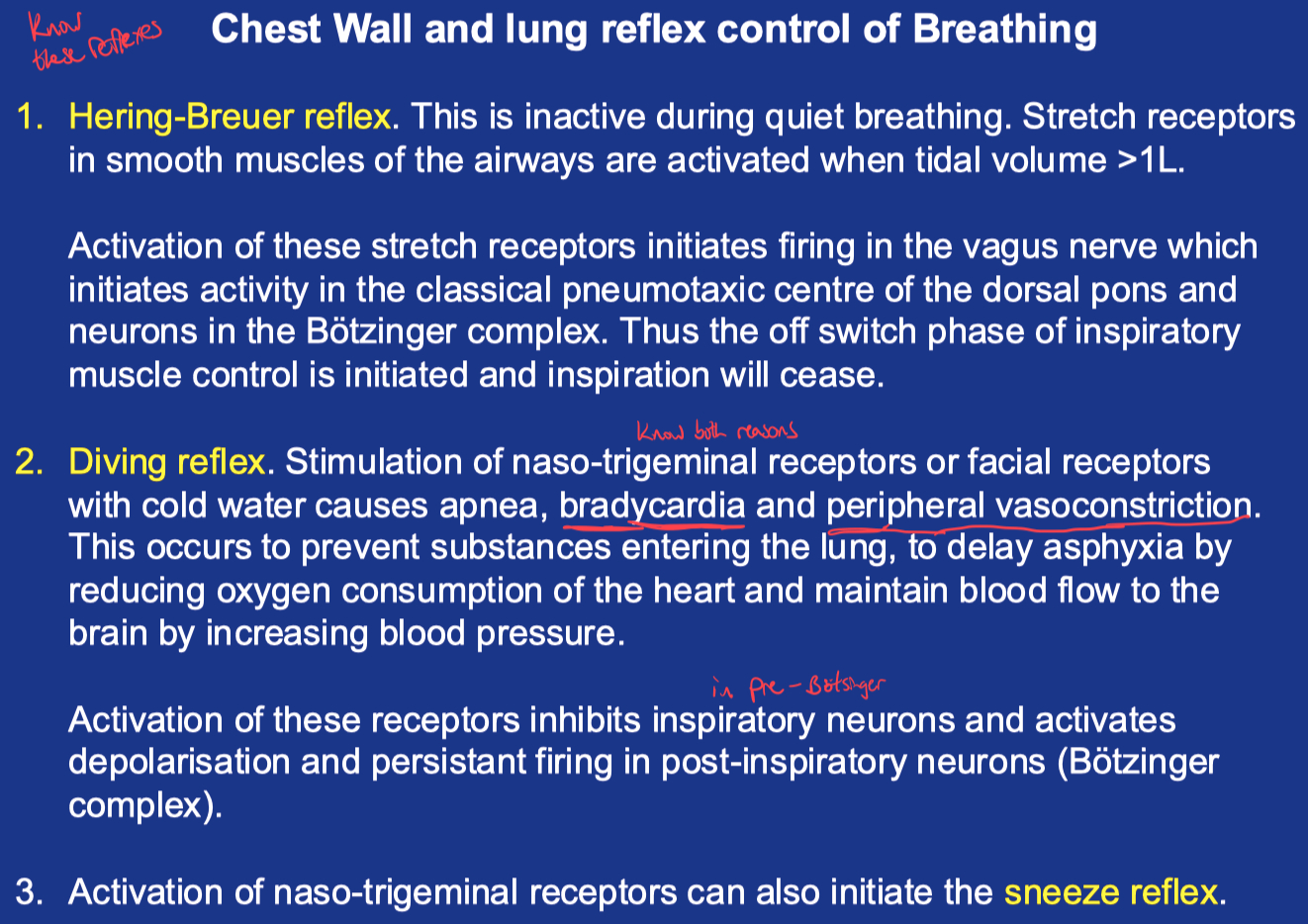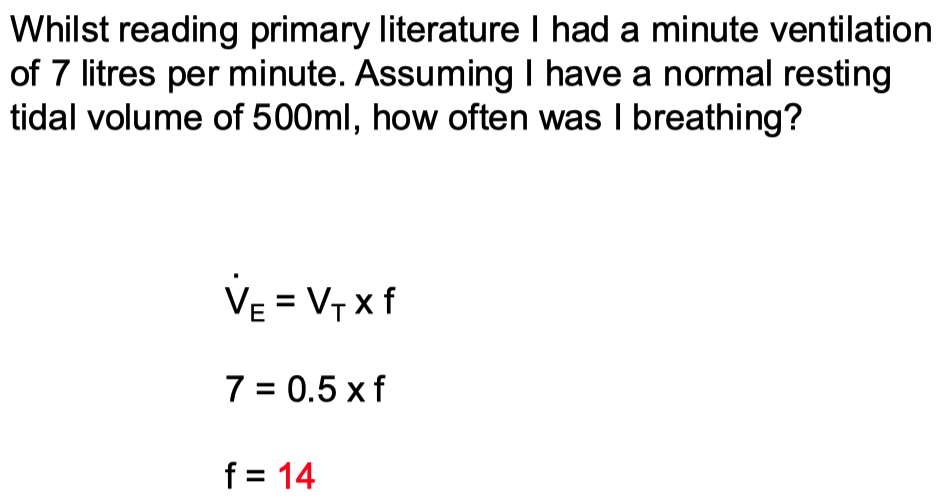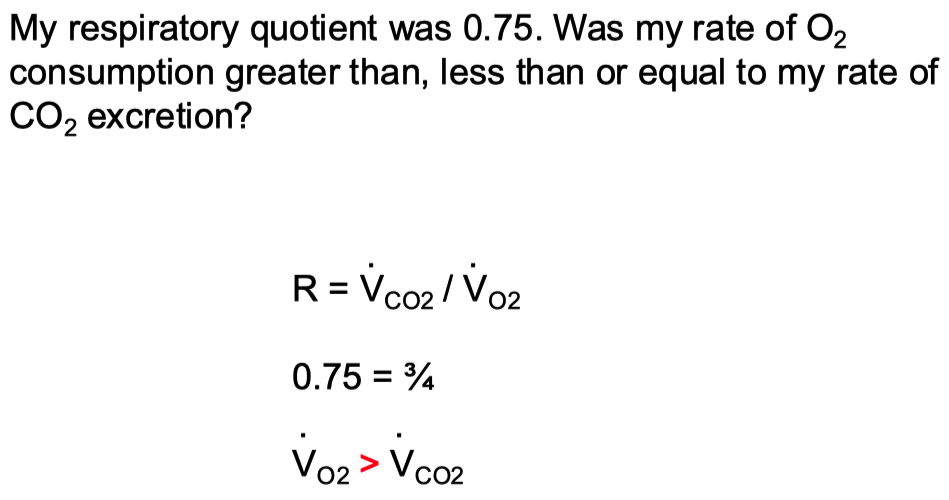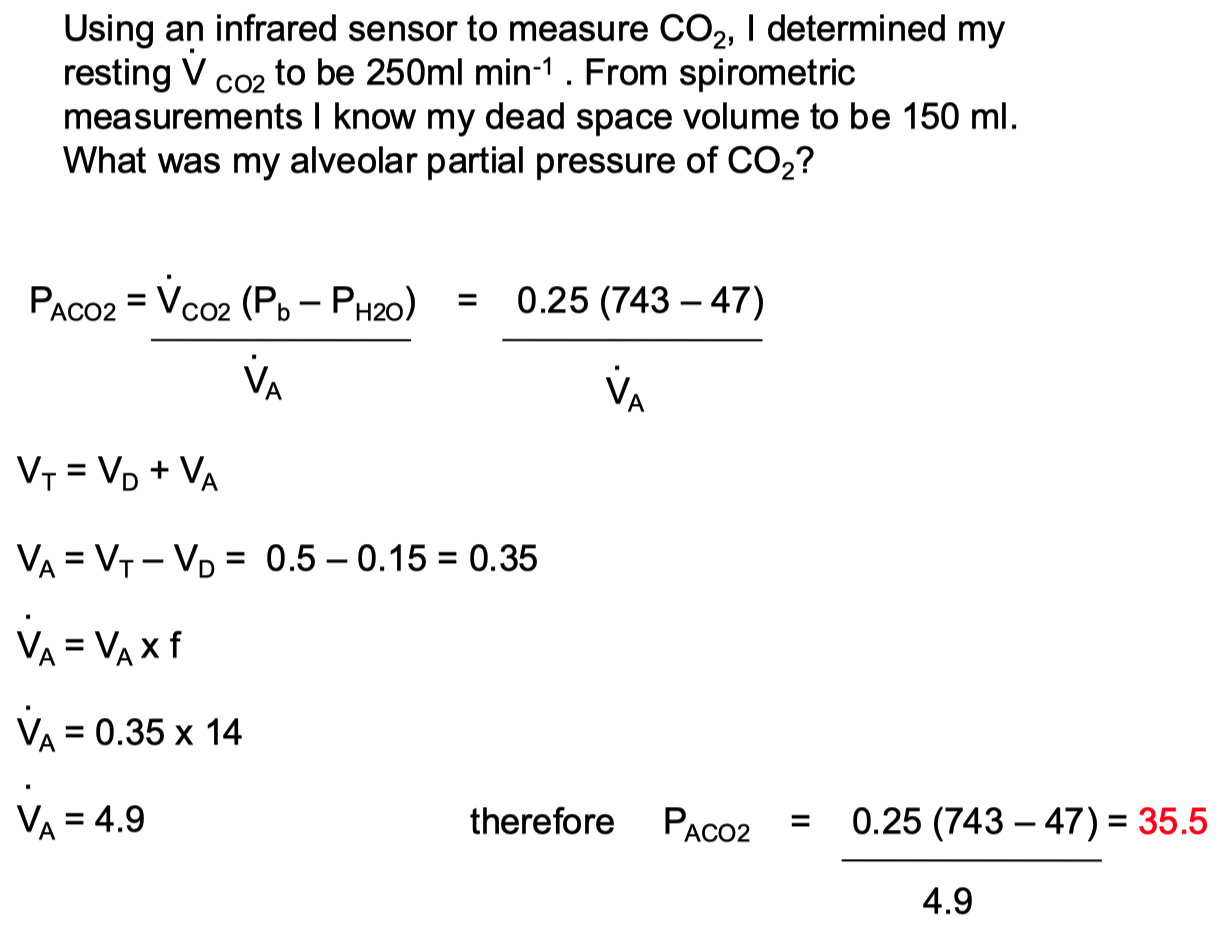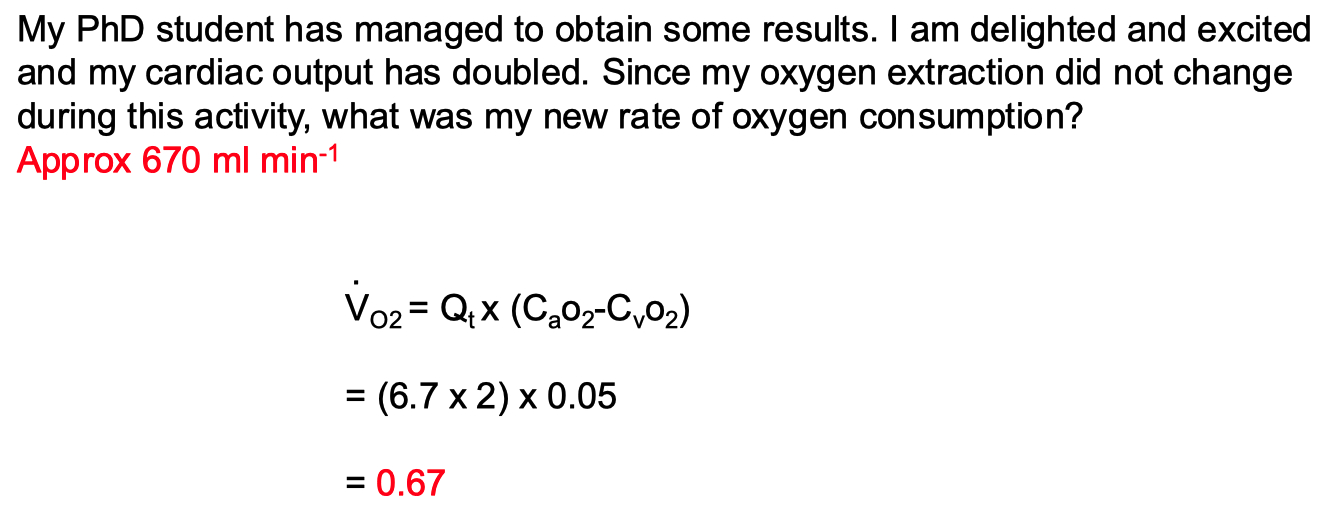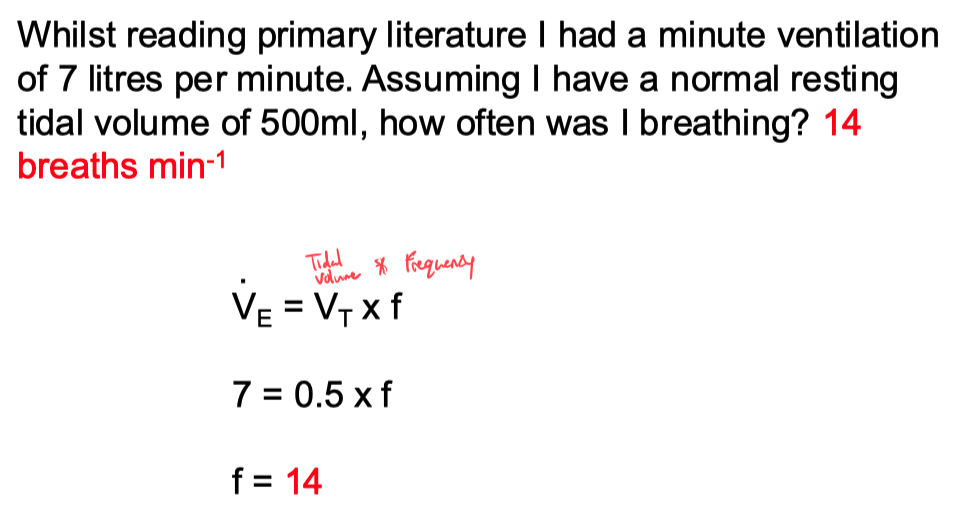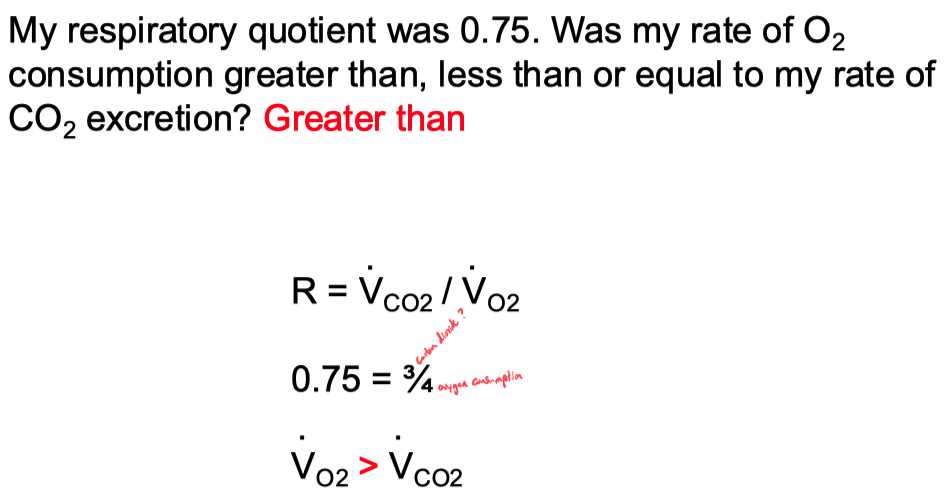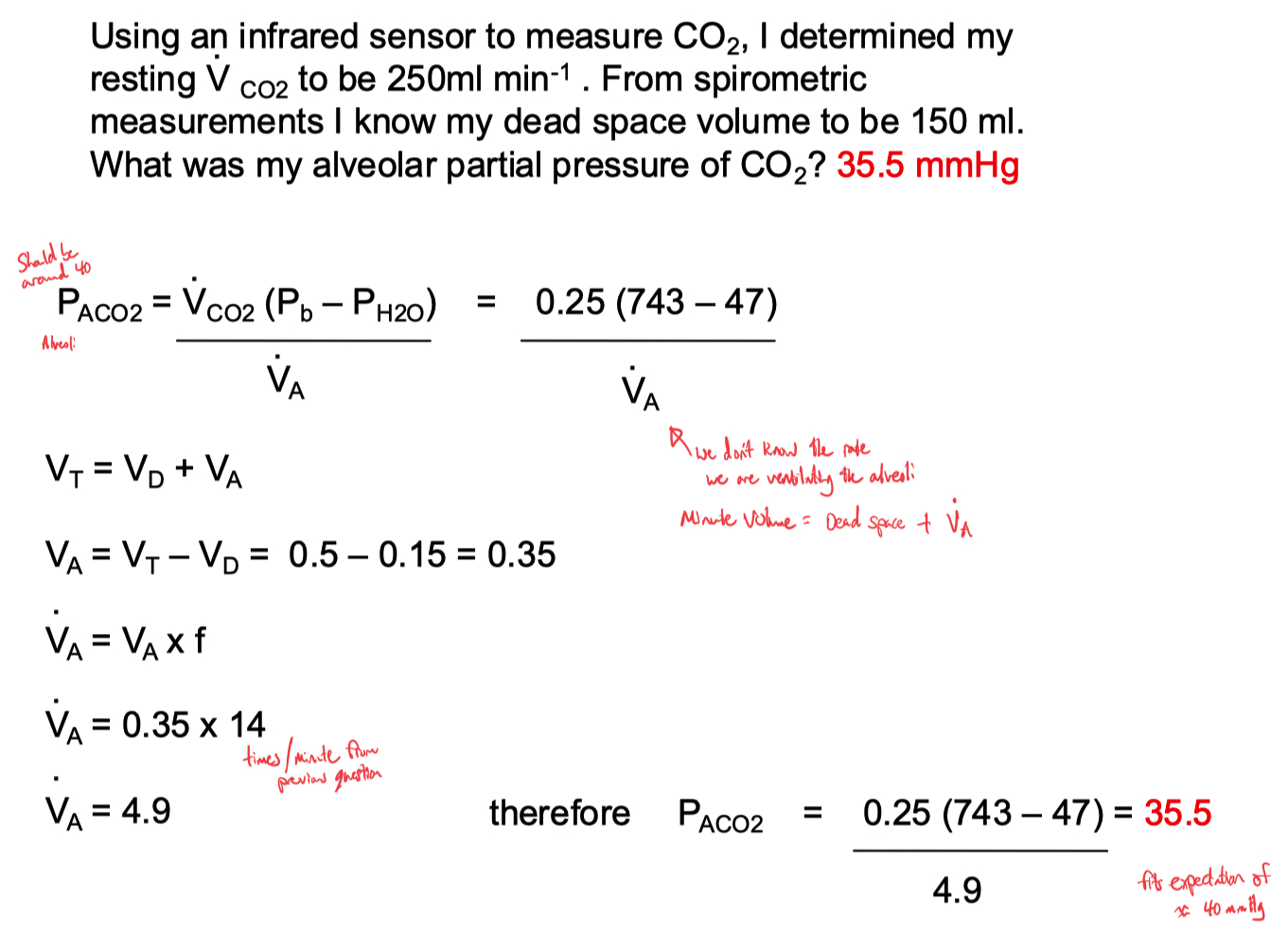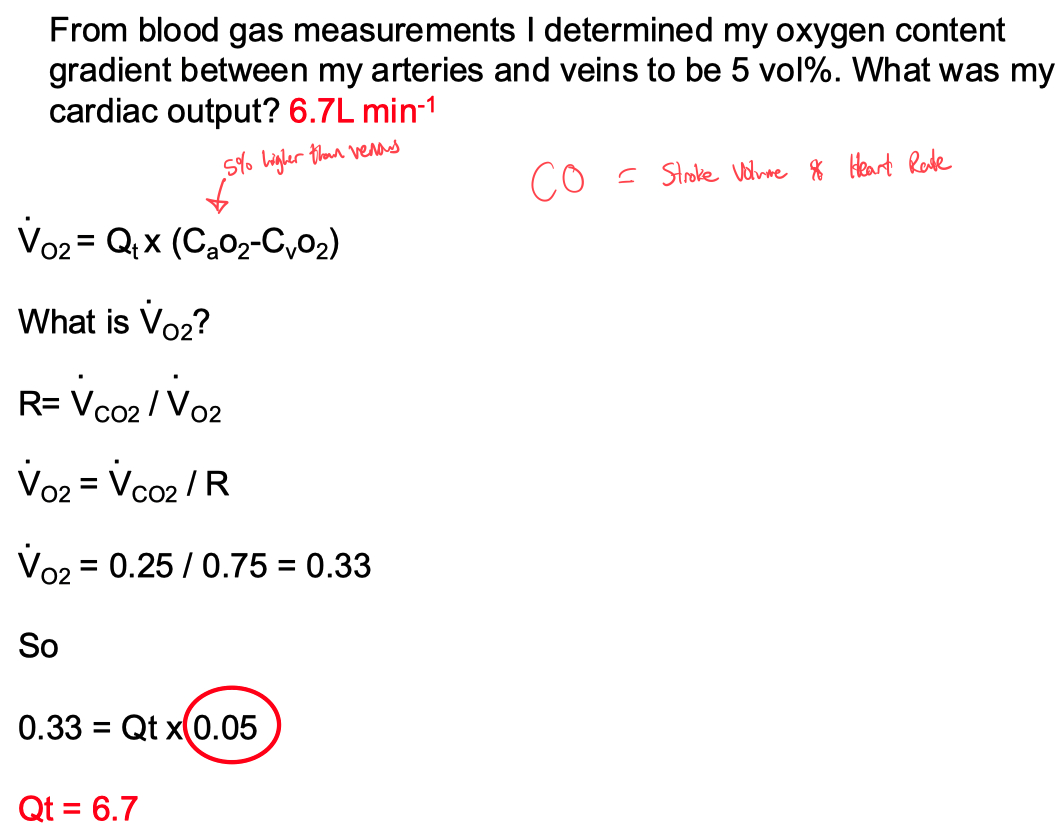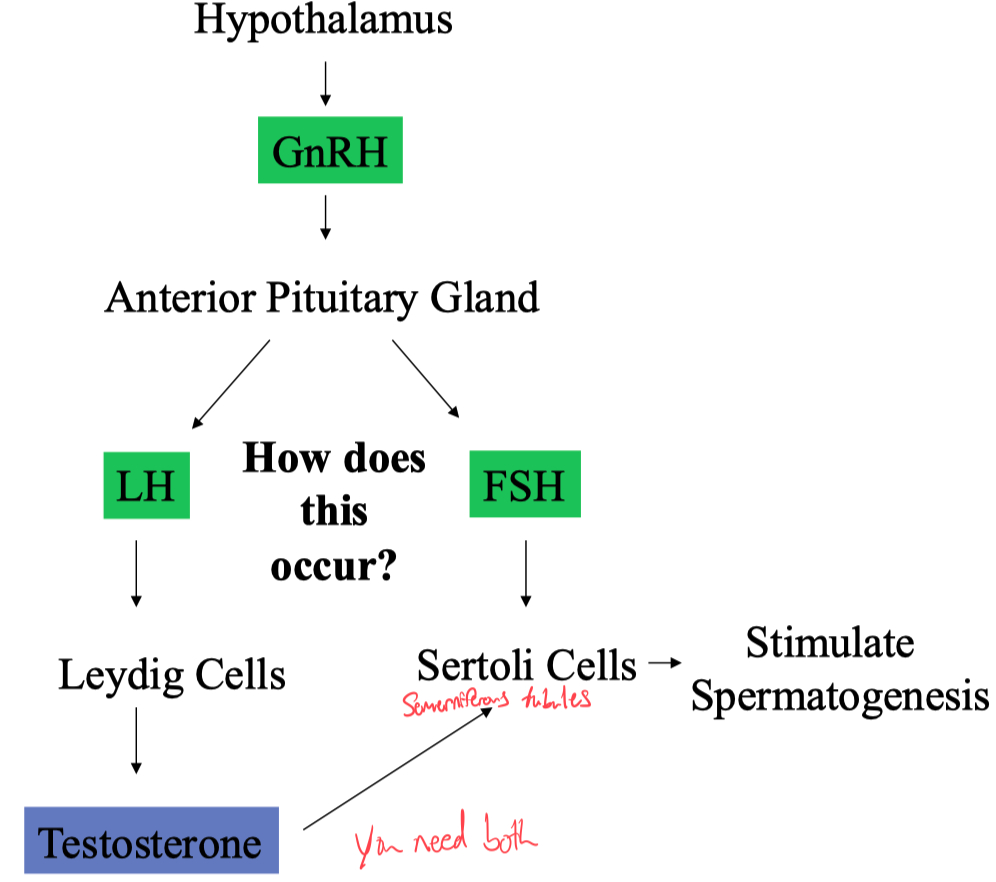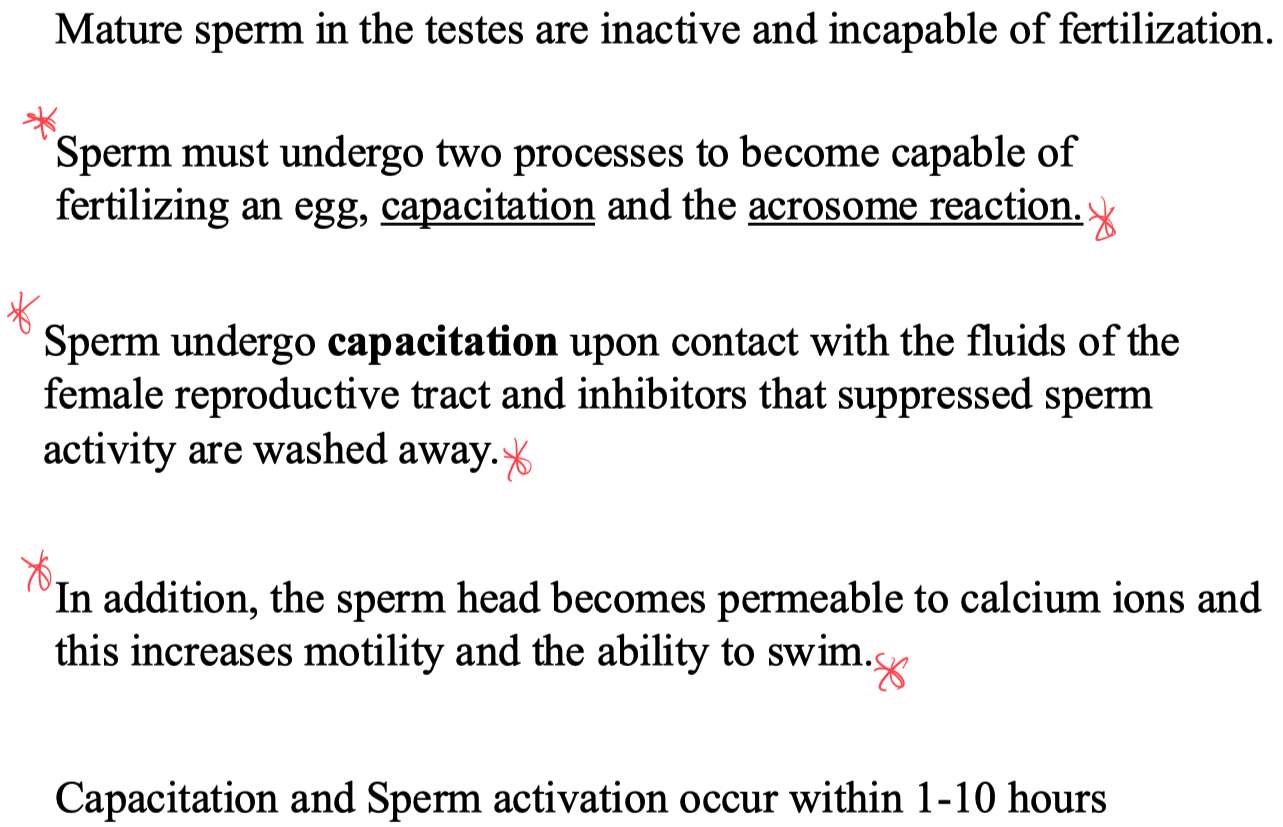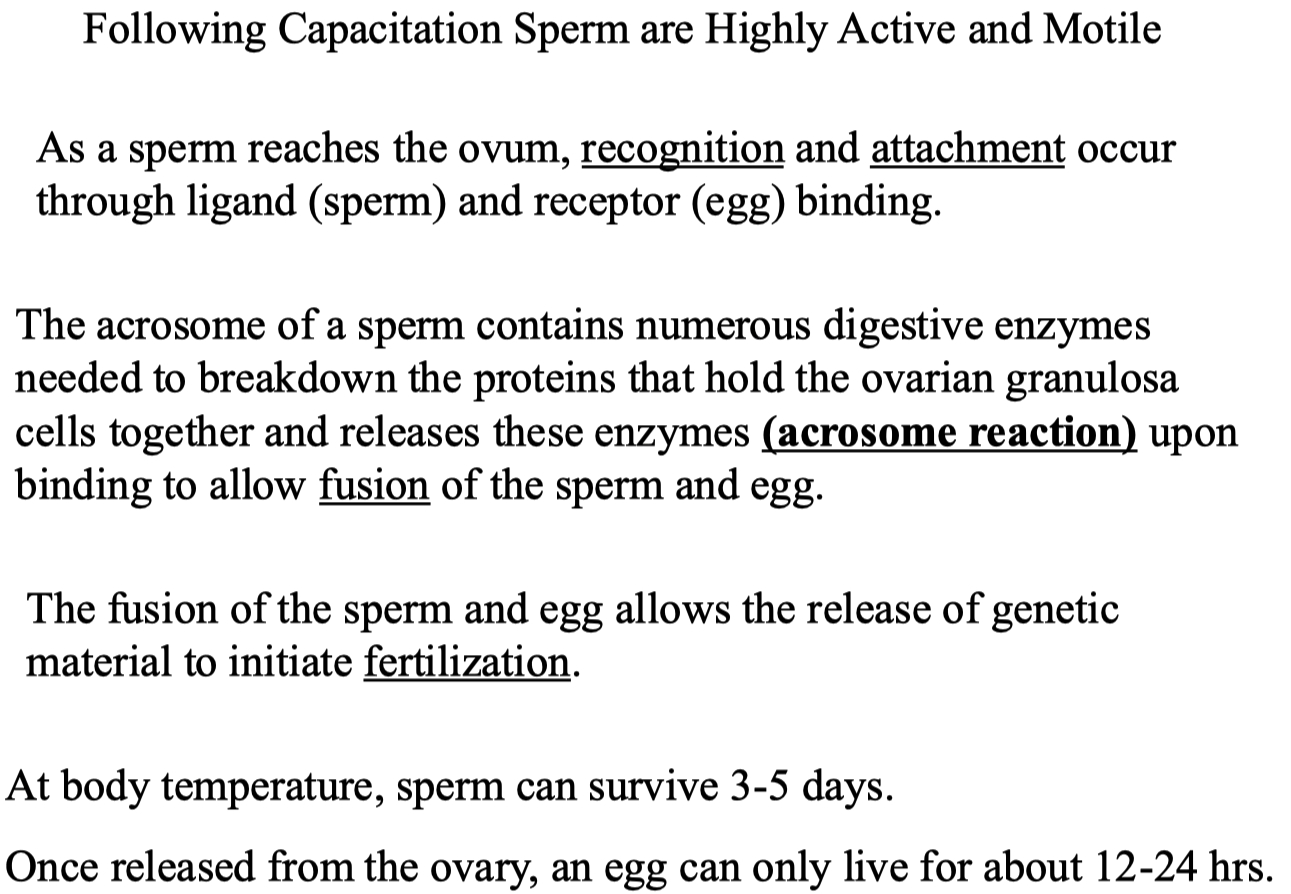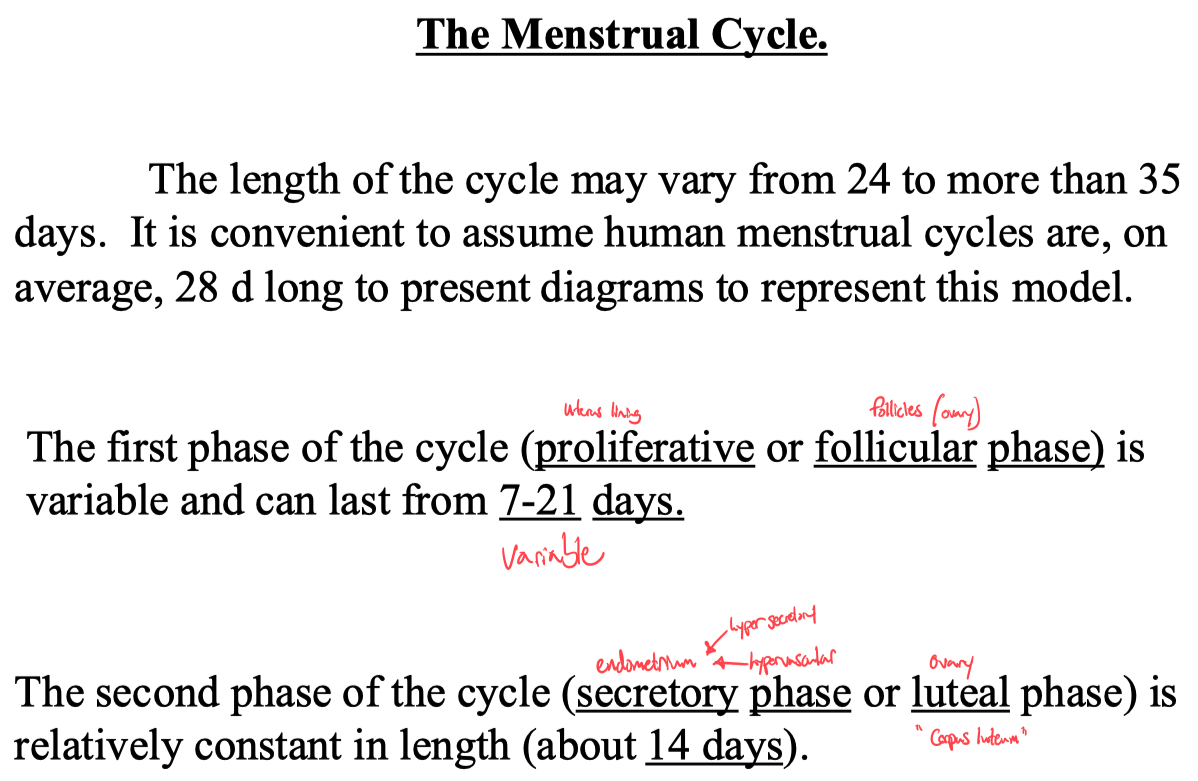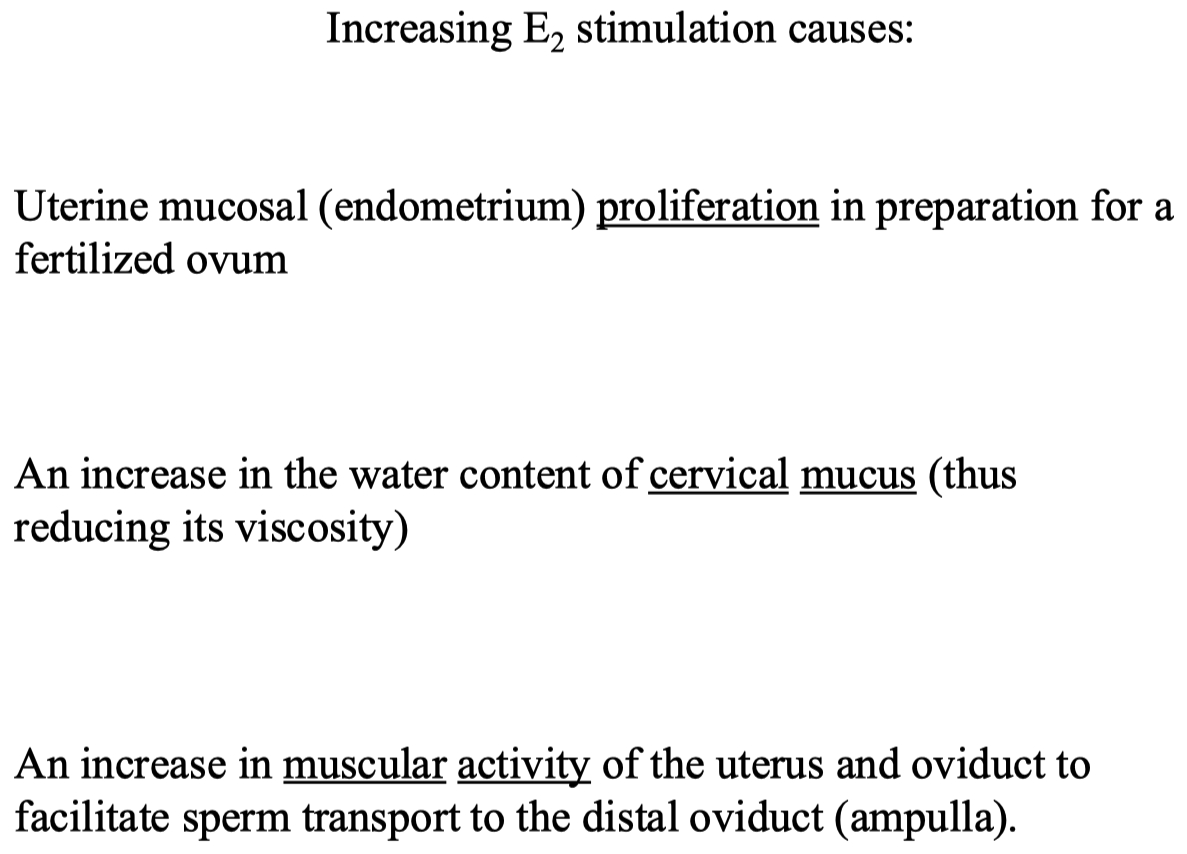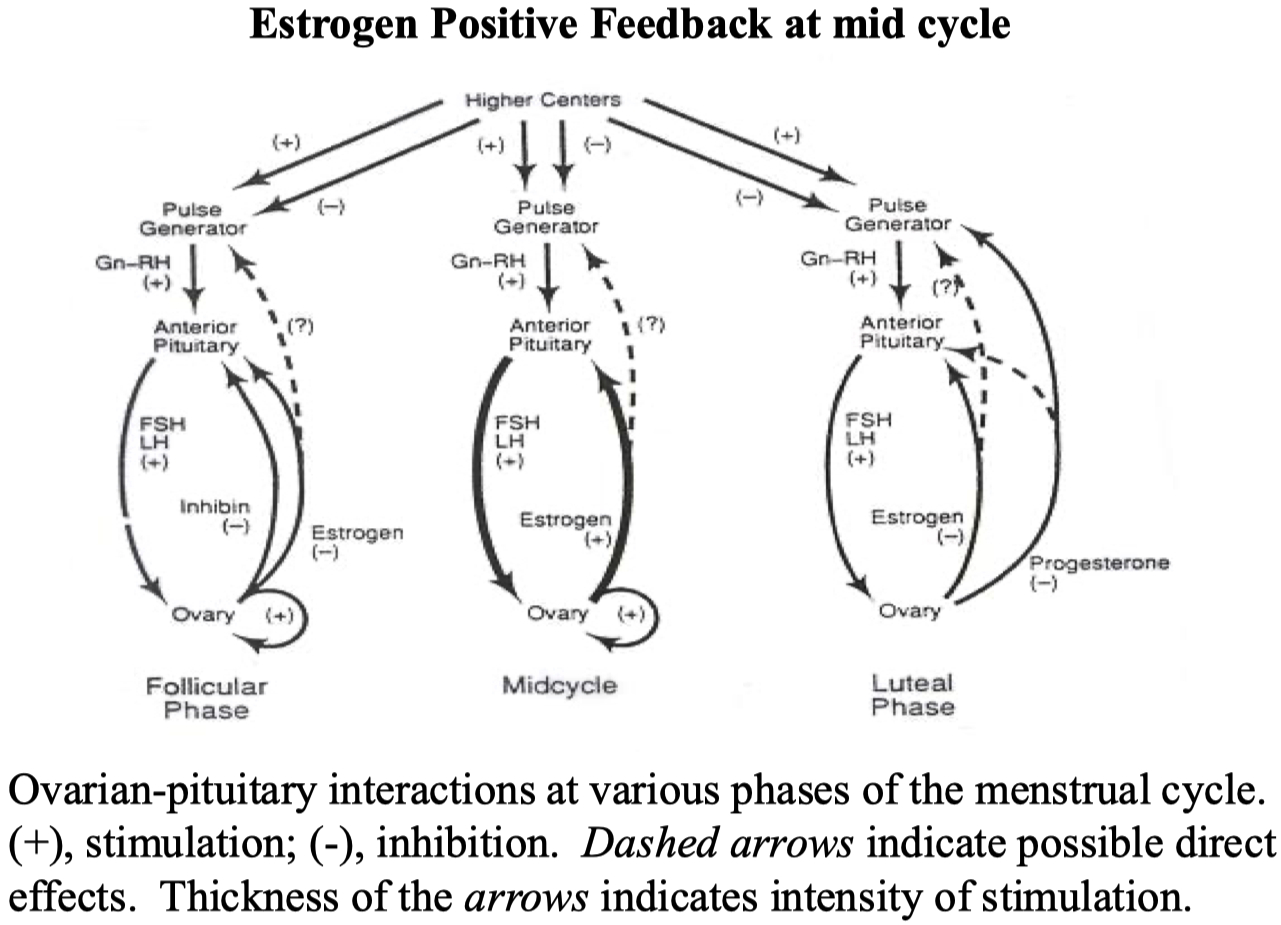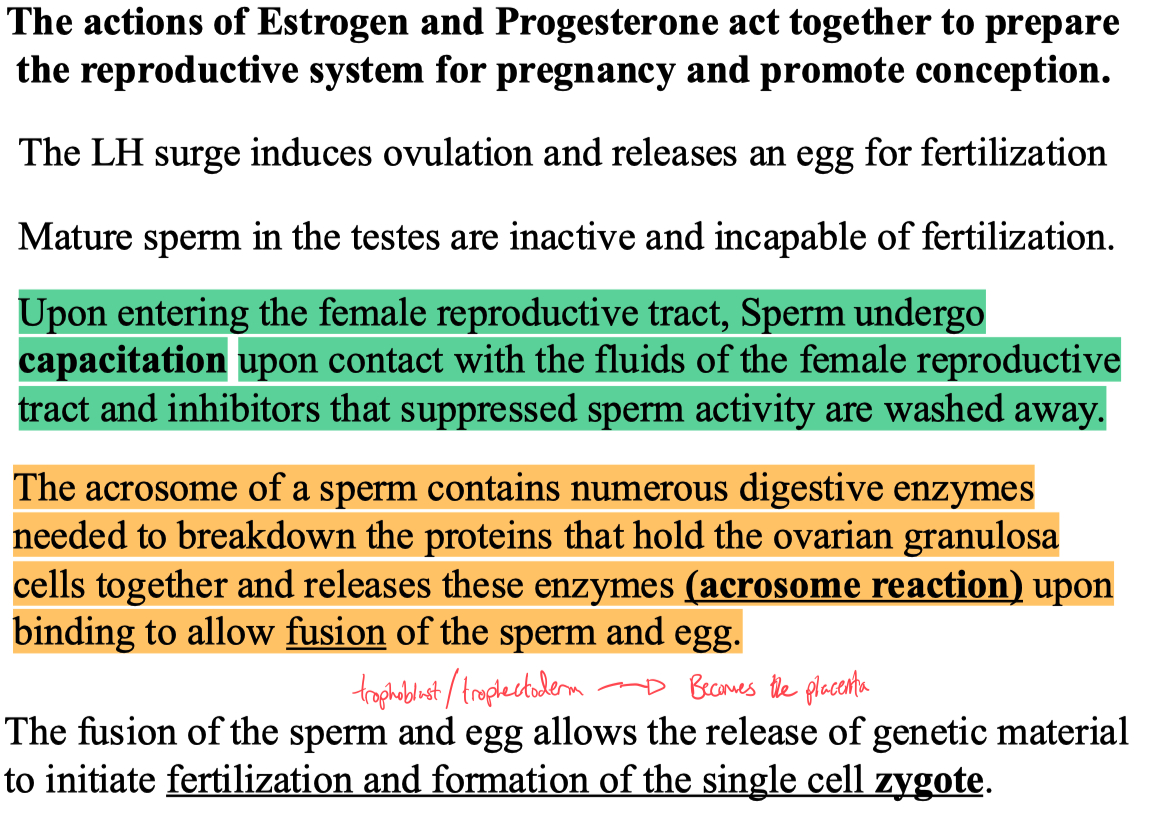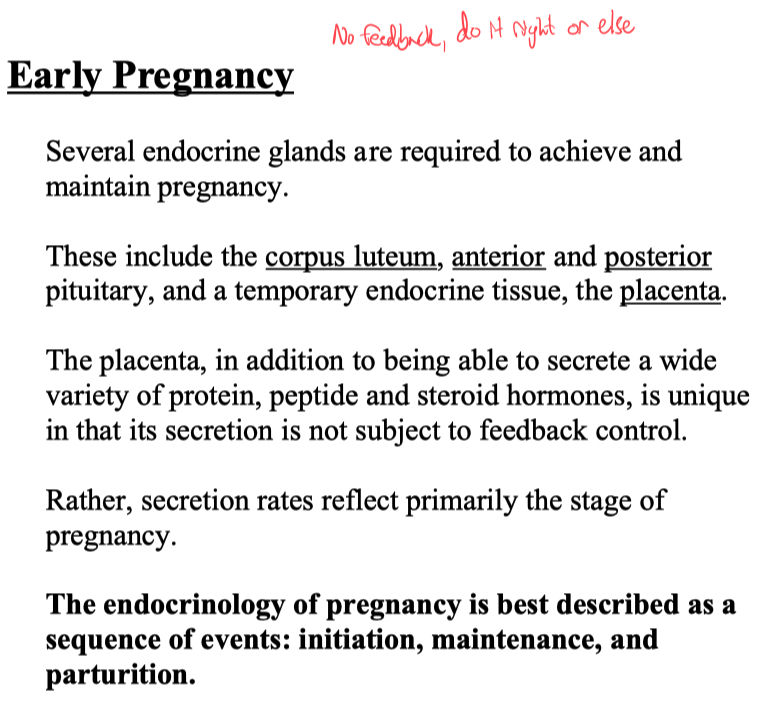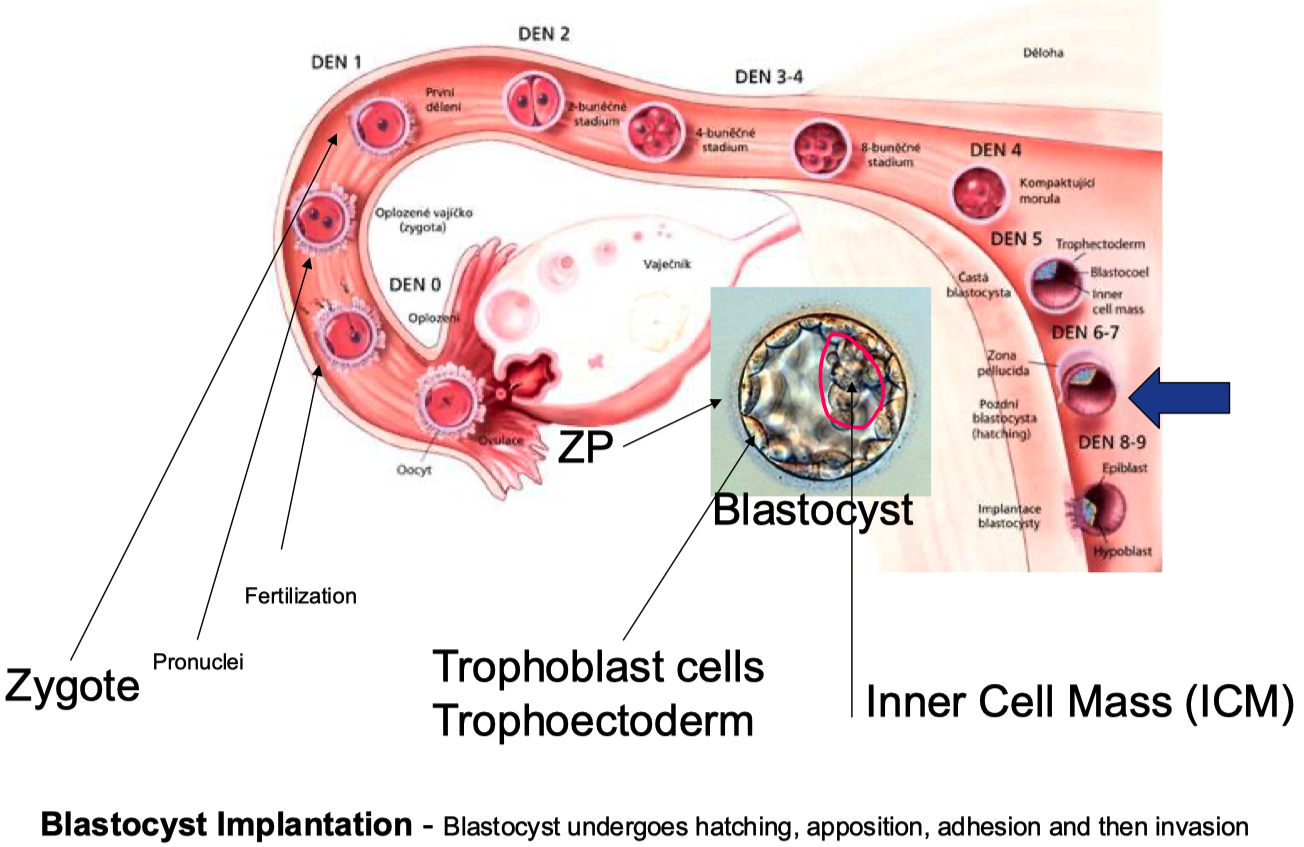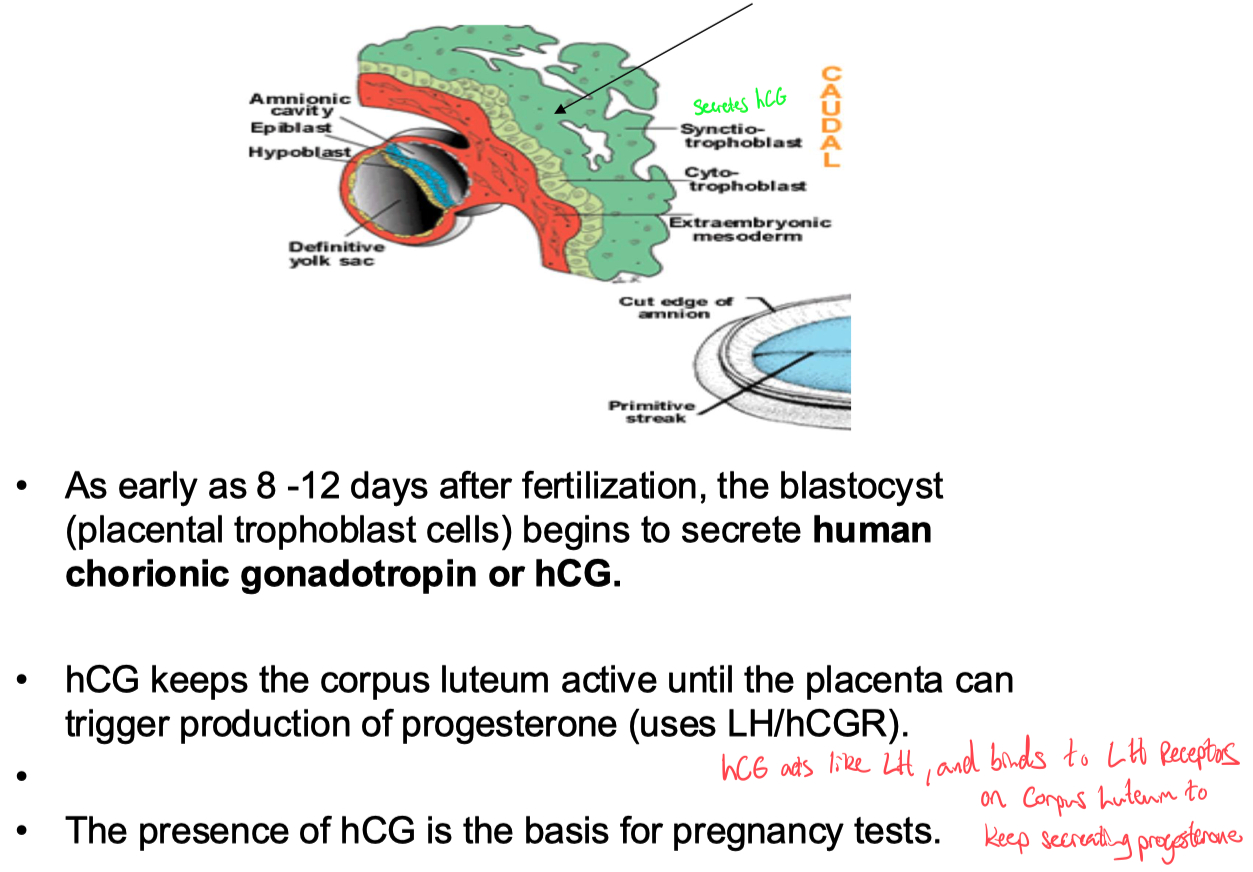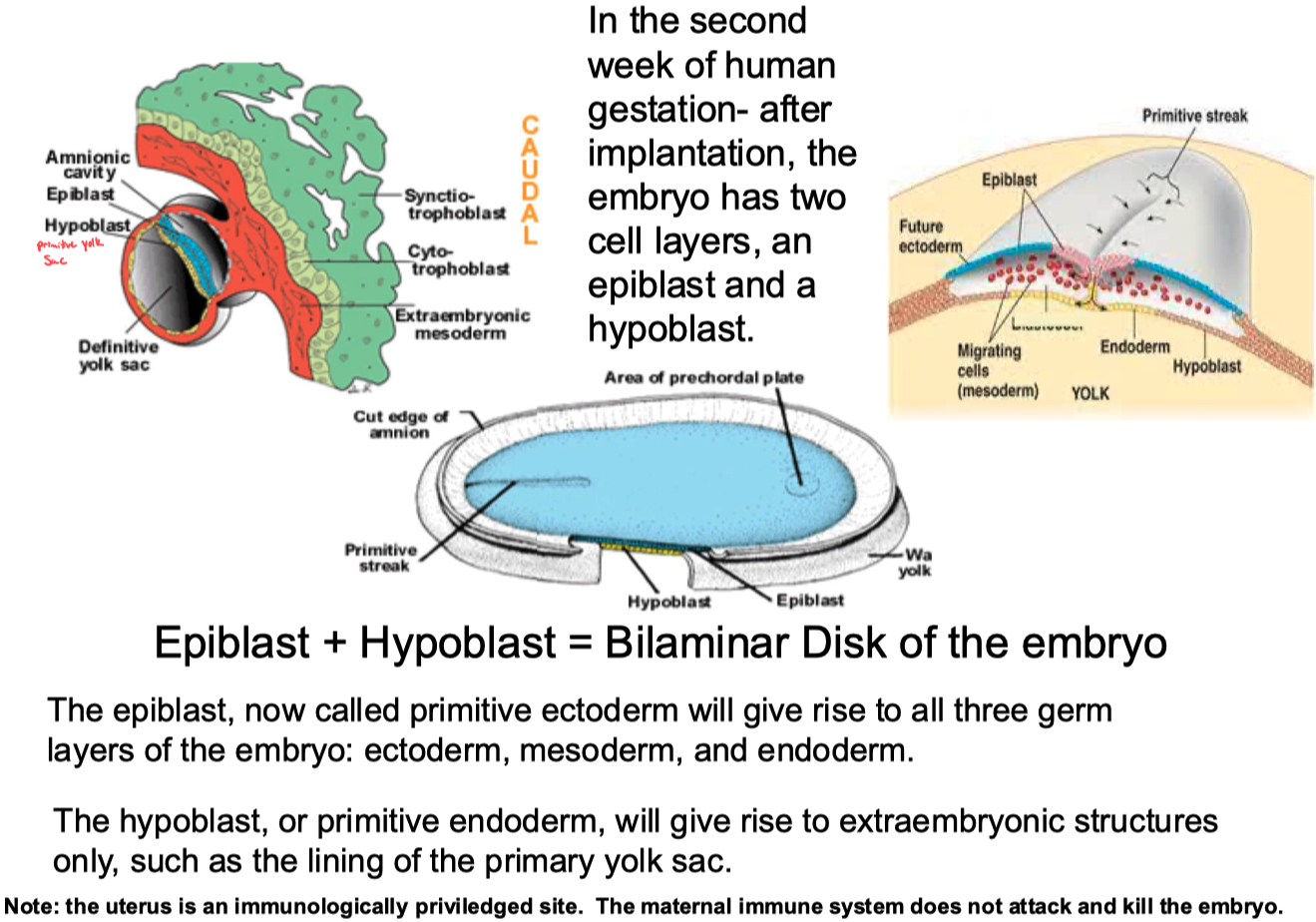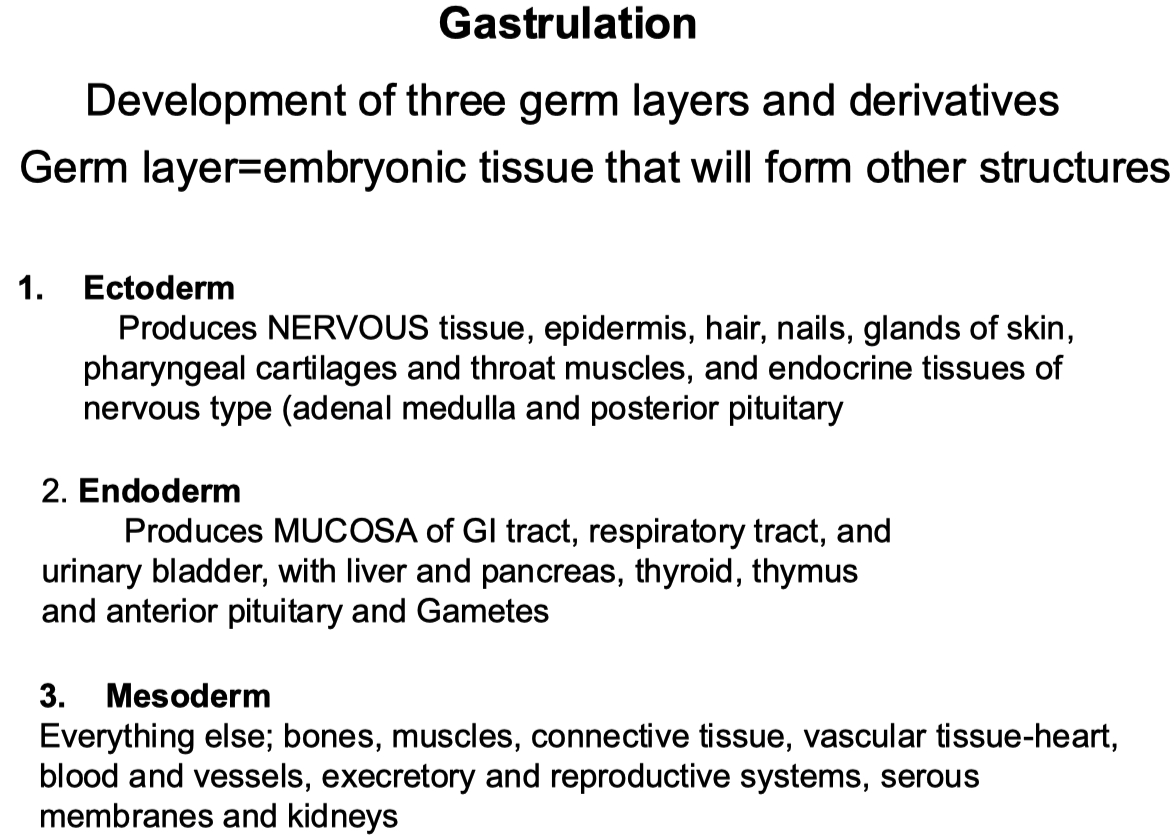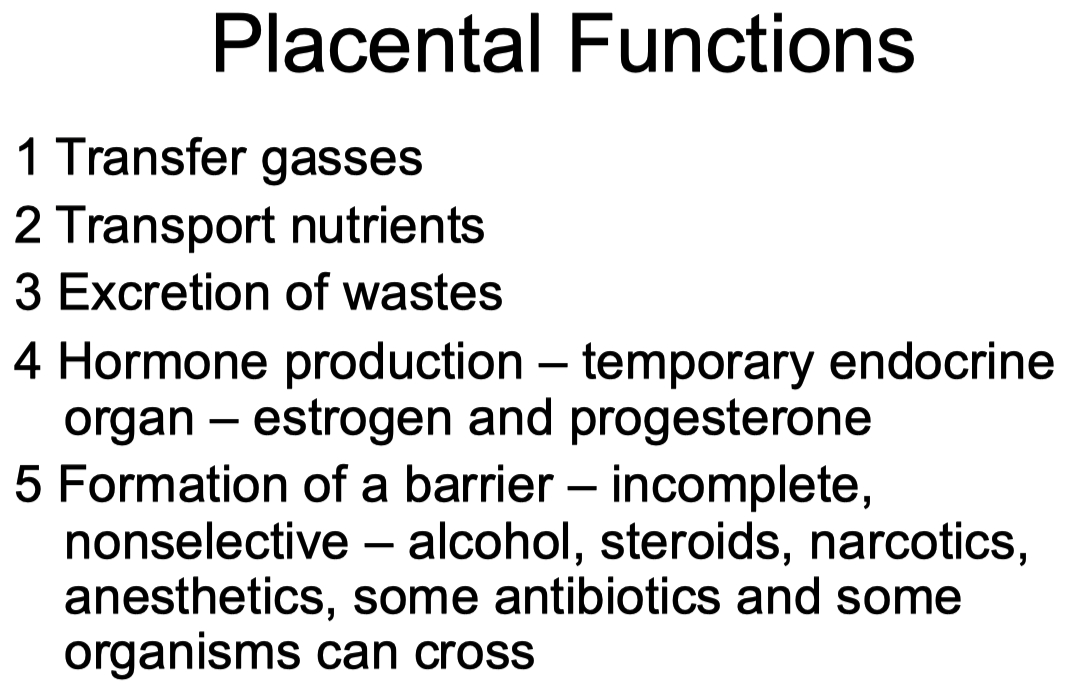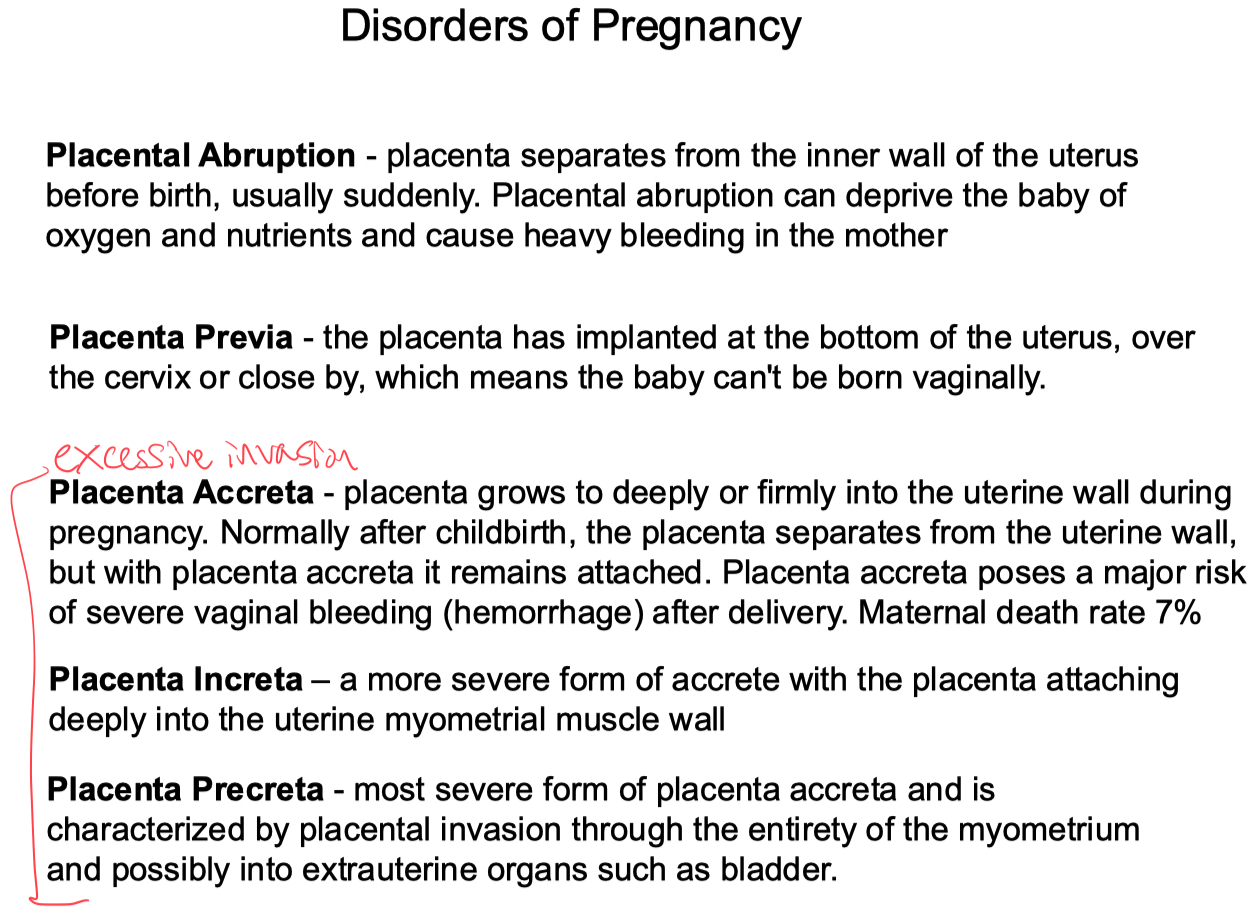Muscle activity reduces amount of pooled blood in the legs , this reduces venous pressure
Systolic pressure is determined by the aortic compliance and cardiac output ( CO )
Diastolic pressure is affected , in part , by total peripheral resistance ( TPR )
therefore , small changes in vessel radius have enormous affect on resistance
Flow Trend =
therefore , higher pressure differences between aorta and veins increases the blood flow rate
Velocity =
therefore , the larger the cross-sectional area , the smaller the velocity
TPR is mainly determined by the arterioles
Increasing TPR increases blood pressure
Why does blood velocity increase in the increases as merge venous system?
vessel diameter increases as venules merge into larger veins
this reduces recistance , and allows for faster flow back to the heart
Why does velocity decrease from arteries to capillaries ?
the total cross-sectional area of the capillaries is much greater than arteries
this slows down the flow
allows for better nutrient and gas exchange
What happens to resistance ?
it increases as blood moves from arteries to arterioles and to capillaries
because the vessel diameter keeps decreasing
once in the veins , resistance starts to decrease
How does this relate to the Poiseuille equation and Ohm's law ?
via Poiseuille :
smaller capillaries and arterioles have a higher resistance
via Ohm's Law : pressure gradient and resistance determine flow
this explains why changing resistance is necessary to maintain efficient circulation
Capillaries have the highest cross-sectional area in the vasculature
This is why even though an individual capillary will have a higher resistance than an individual arteriole ,
in TOTAL the highest resistance in the vasculature is at the level of the arterioles.
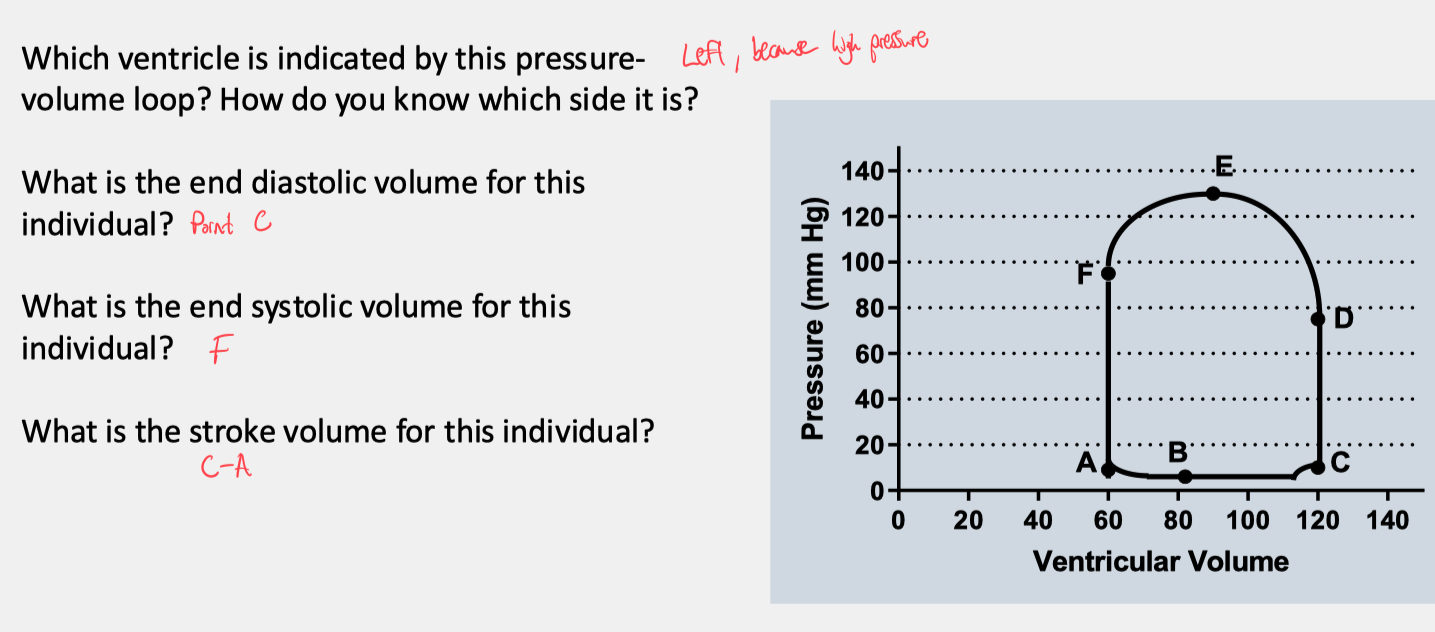
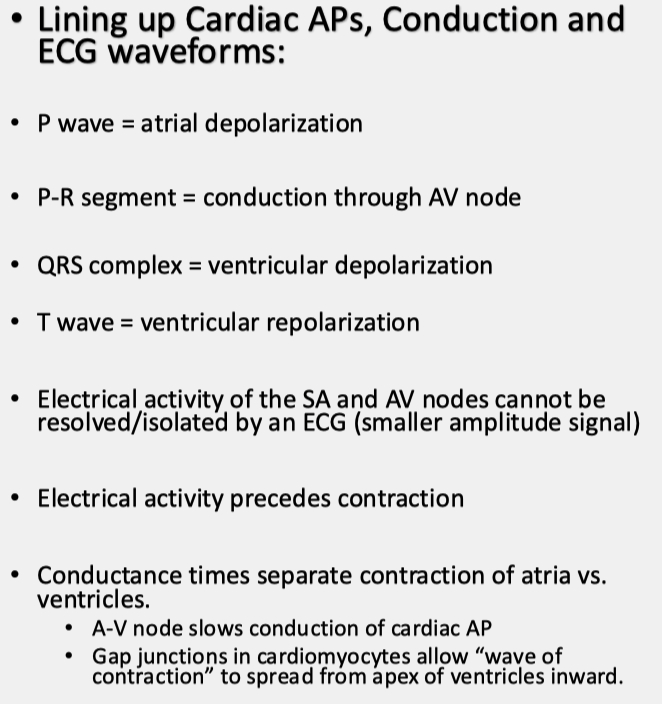


Vasodilators :
prostacyclin
nitric oxide
Vasoconstrictors :
endothelium
vasoconstrictors
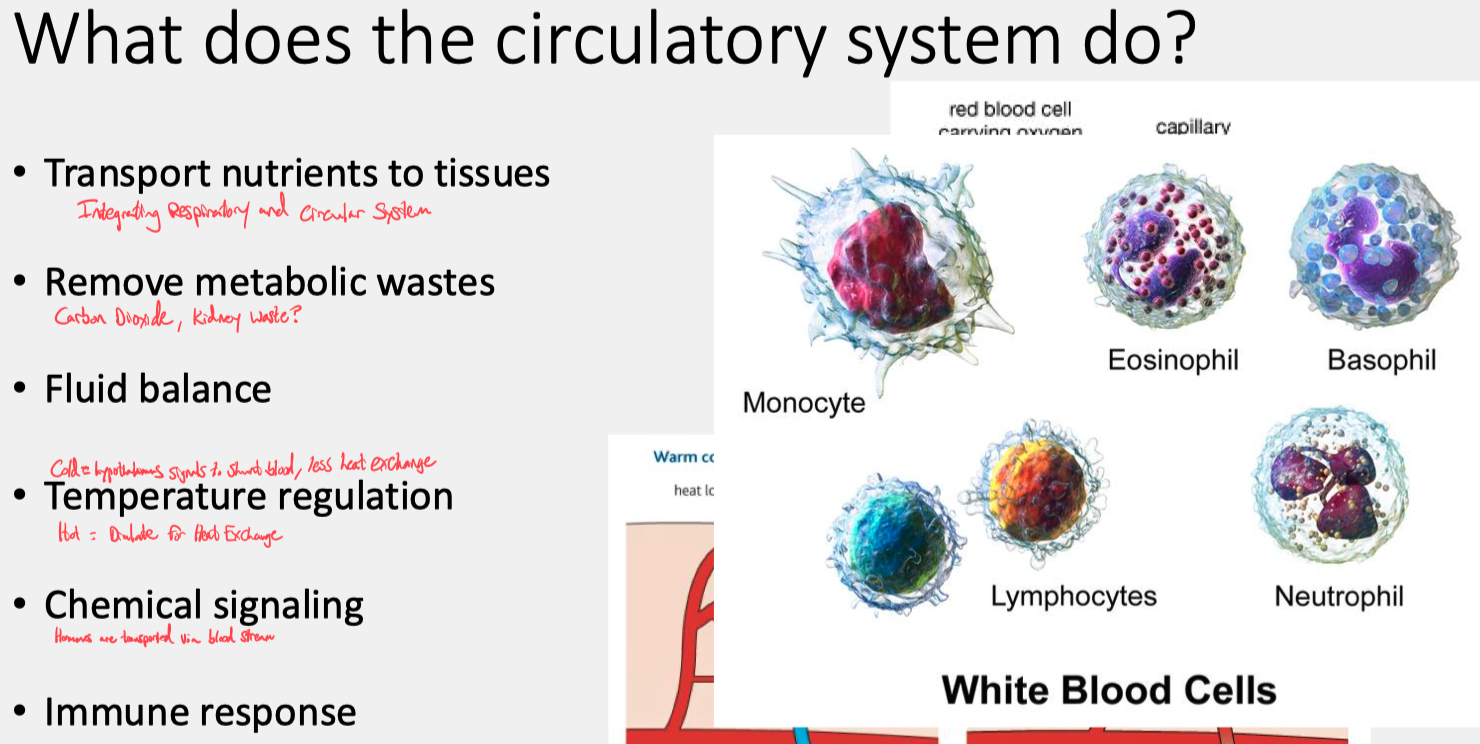
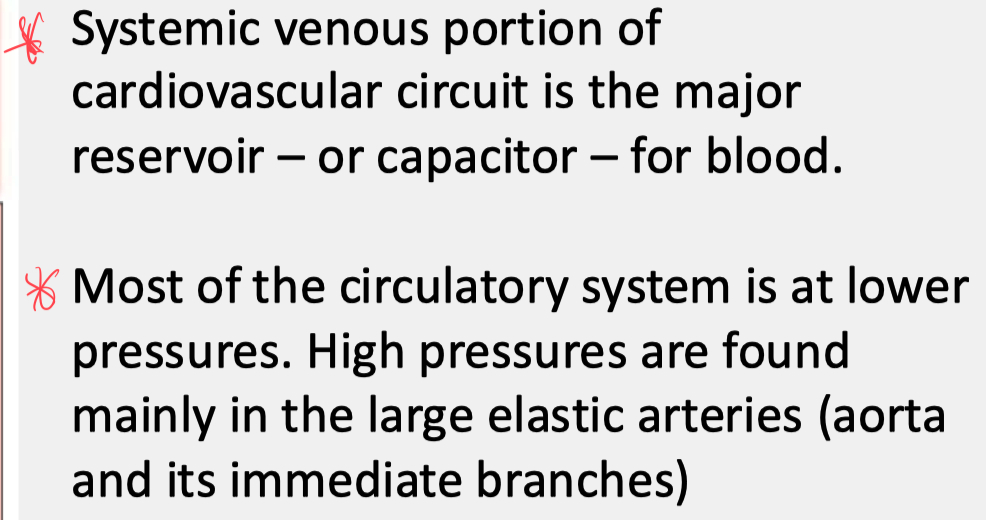

Arterioles are the main regulator of flow
major determinant of TPR

